Media | Articles
Cadillac’s Celestiq is poised to recapture the standard of the world
Like countless other companies, automotive and not, Cadillac wants an electric vehicle to make its greatness known. Fresh from a visit to GM’s Design Dome in Warren, Michigan, we can vouch for one thing: This EV ain’t like the others.
For starters, it’s $300,000. At minimum. If you’re upset by that figure, you aren’t the target audience. The Celestiq is a made-in-Detroit statement of ten-figure money. Regular folks can’t even visualize their dreams on an online configurator, in part because there is no set list of paints, leathers, fabrics, or finishes: Each car will be bespoke, the result of one-on-one interaction between the automaker and the customer. Plenty of manufacturers above Cadillac’s price point offer online visualizers—see Pagani—and also accommodate the most particular of client wishes, so take Caddy’s statement of exclusivity at face value. Not for you.
Boy, will you want one.
The car is imposing, a low-slung four-door whose graceful, lift-back proportions belie its massive size. Take a gander at the wheel diameter: 23 inches, one inch larger than those on the Escalade SUV. Yet the Celestiq sits comfortably on the giant rims, which are shod in custom, Cadillac-commissioned Michelins, their sidewalls embossed with a Celestiq-specific design.
The fluid surfacing and the precise creases in the car’s body subtlely signal the great expense of its construction. From the beltline down, front to rear, the car’s structure is comprised of eight pieces of sand-cast aluminum, whose rigidity mimics that of die-cast metal. The hood is a single sheet of delicately creased carbon fiber draped over the fenders to the headlights. The doors hide a short-range radar system that allowed designers to dismiss handles entirely: Walk up to the vehicle with the key in your pocket, and the door will either swing fully open or “present” an edge to you, depending on the proximity of pillars, walls, and other cars.
Marketplace
Buy and sell classics with confidence
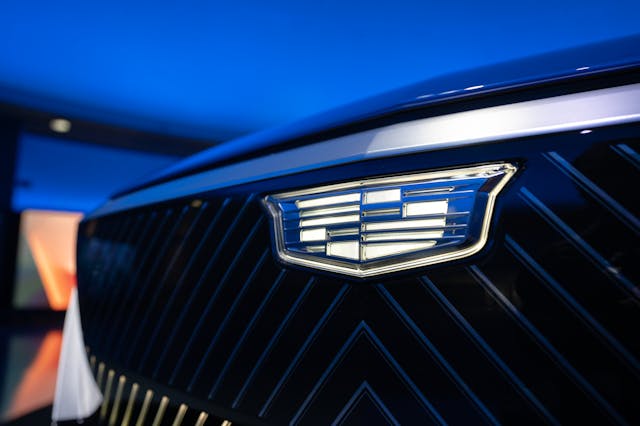
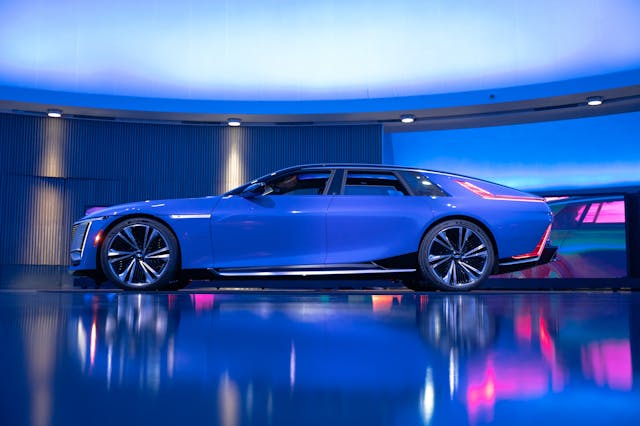

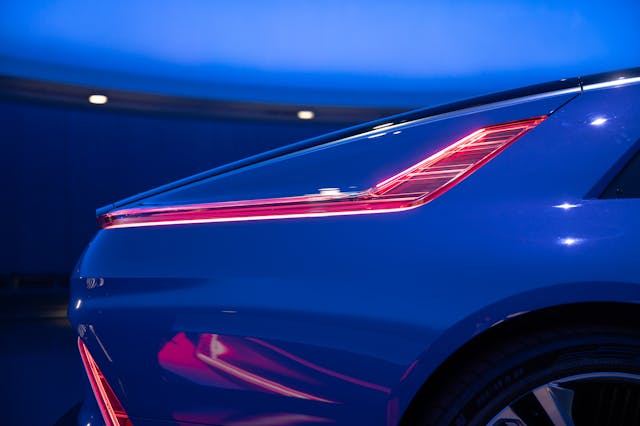
Lucid’s triple-motor, 1200-hp Sapphire boasts twice the horsepower of this dual-motor Cadillac, but if you’re comparing the two, you’re already on the wrong foot. Think of Bentley, and its “adequate” power: No one driving or being chauffeured in a Celestiq wants anyone to mistake them for a Tesla-esque blur. The Celestiq’s job isn’t to be the first high-tech EV, or even the most customizable Cadillac: It is to be Cadillac’s Veyron, a superlative, new-world interpretation of old-school prestige.
For nearly 80 years, Cadillac has again and again fallen prey to its own lofty condemnation, failing to equal or to excel. With the Celestiq, Detroit once again risks the penalty of leadership. For that alone, Cadillac deserves to live.
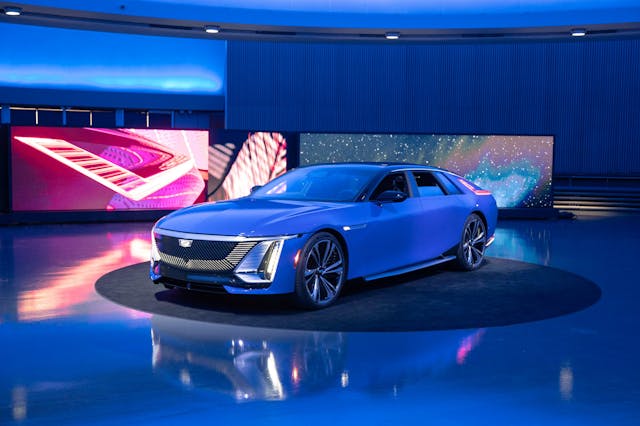
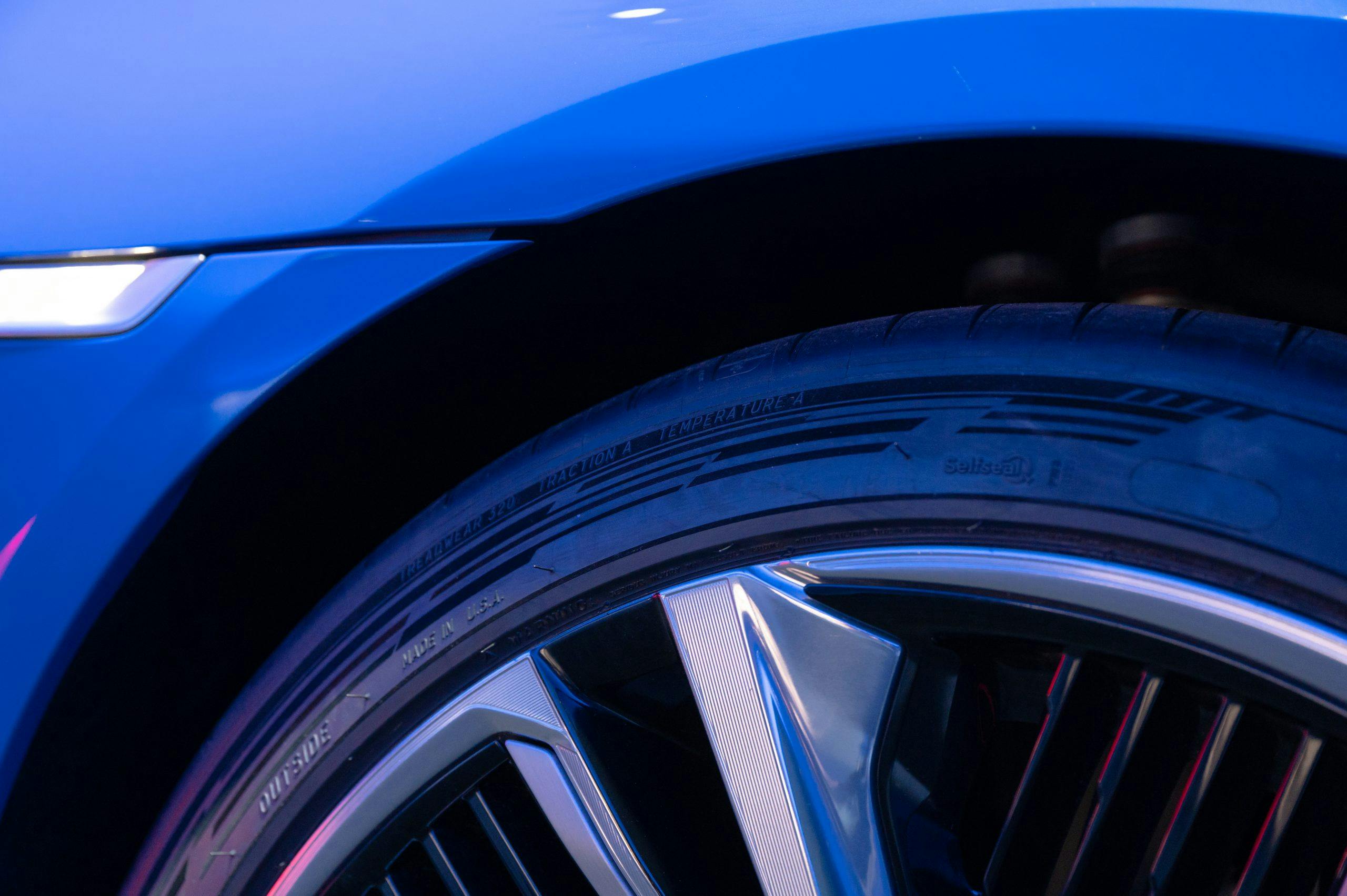
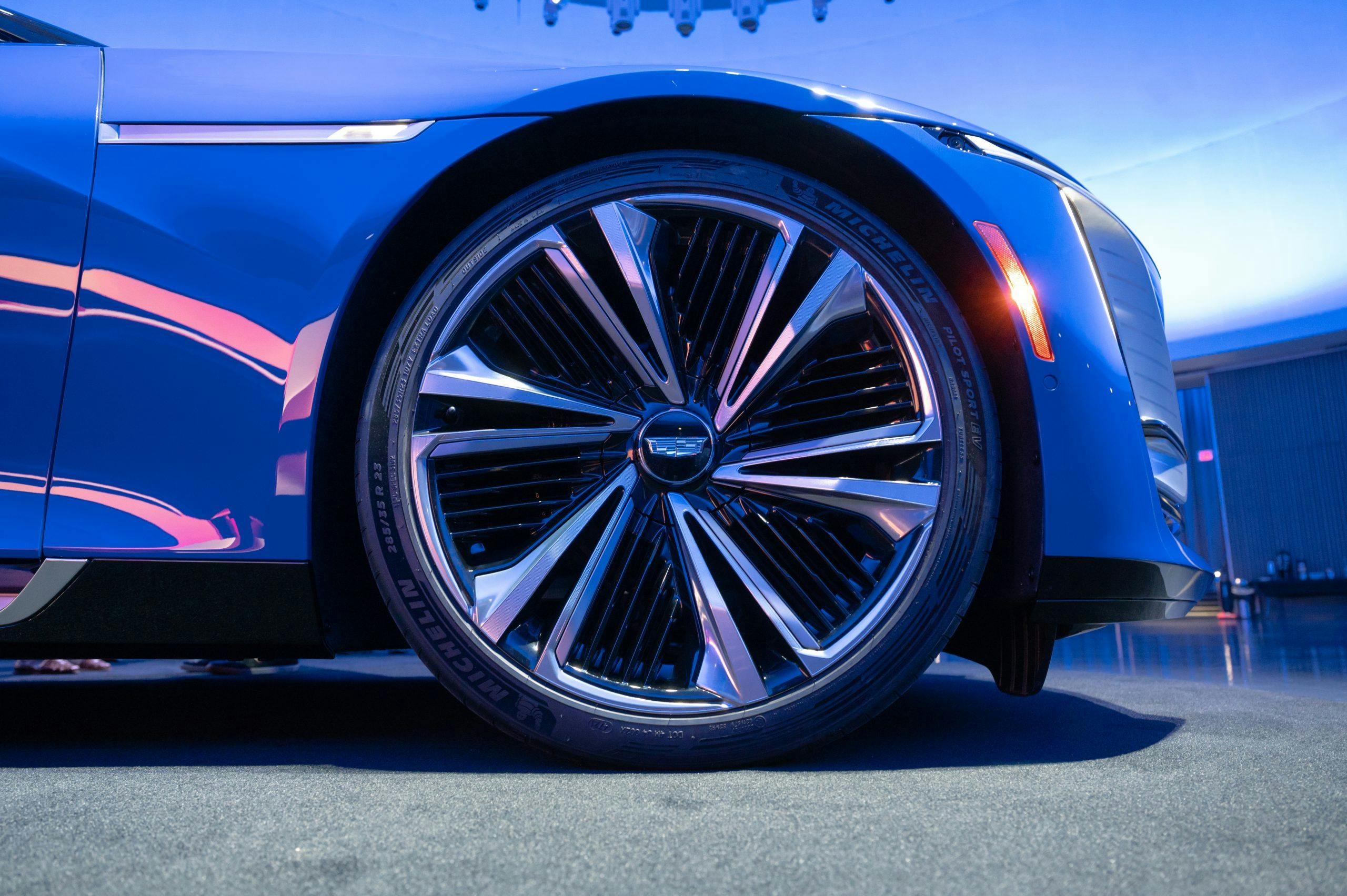
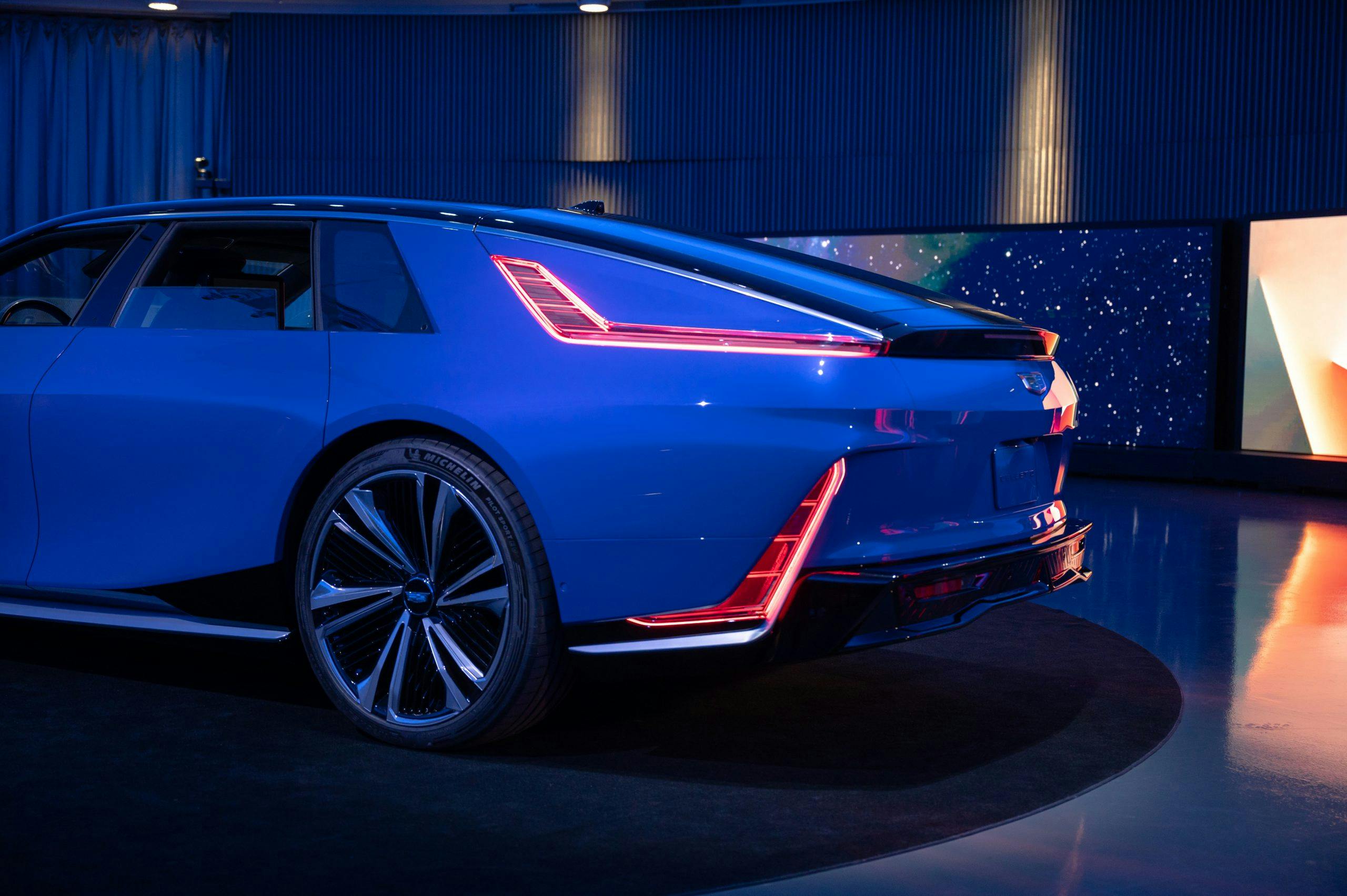
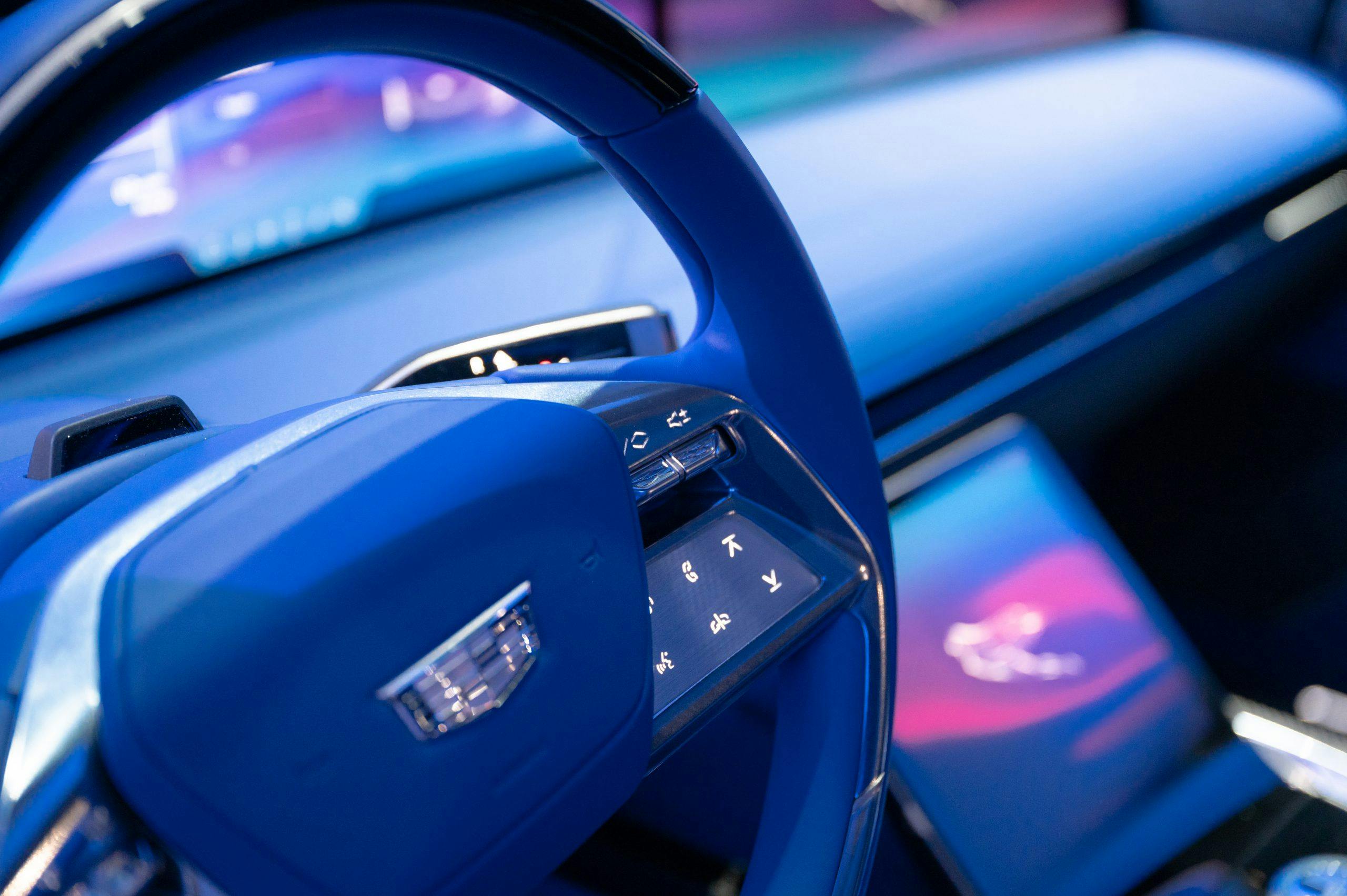
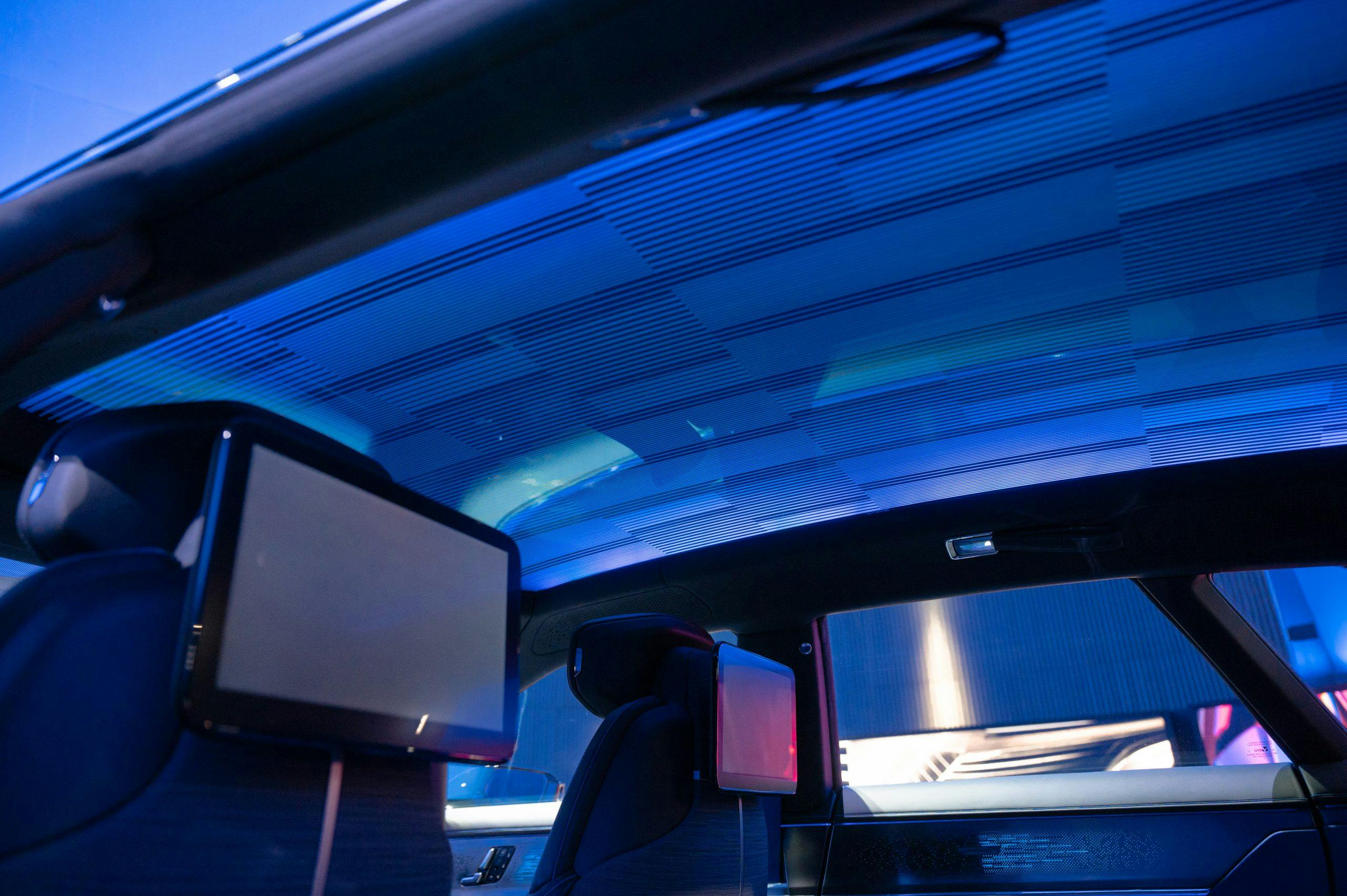
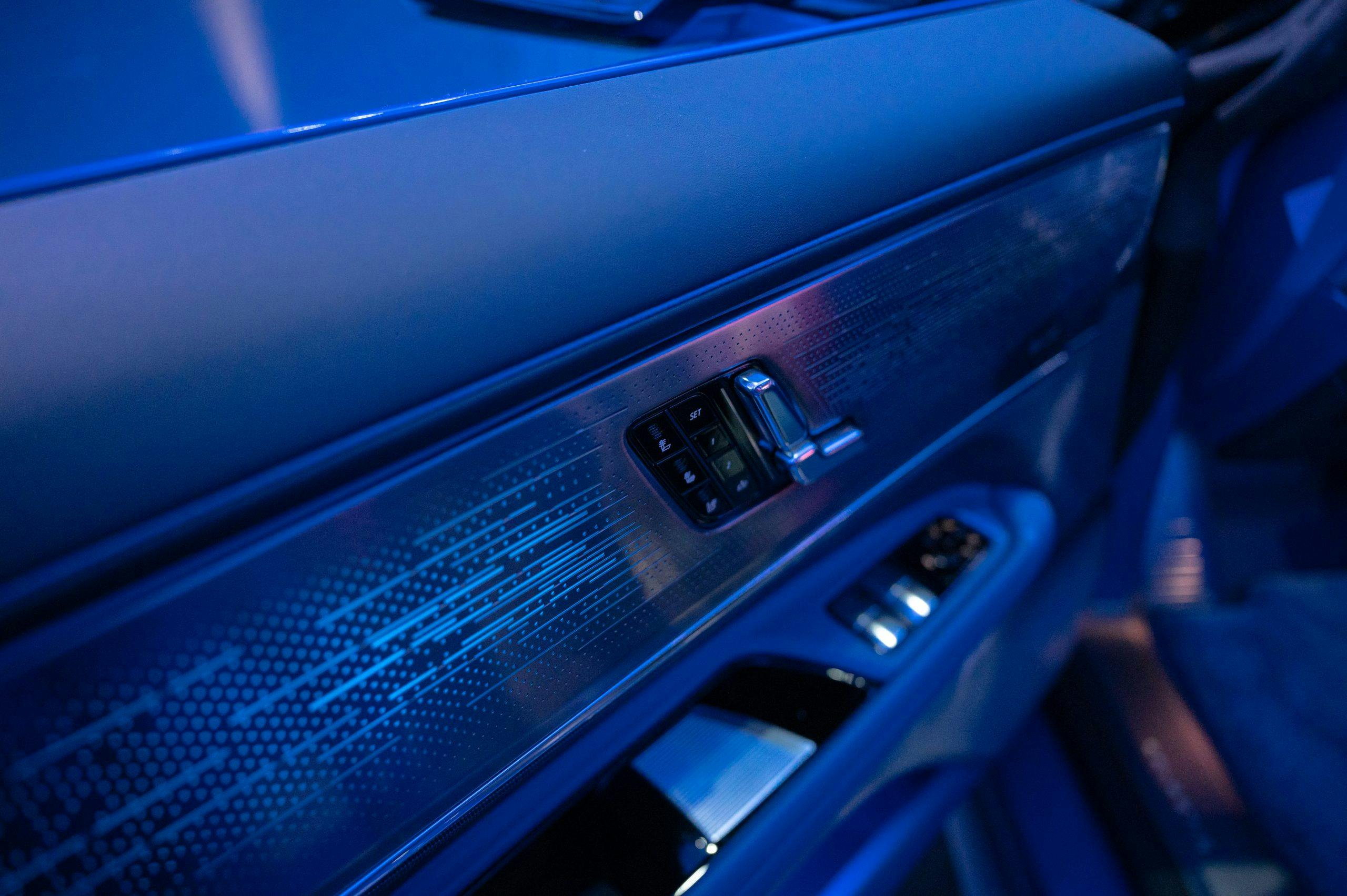
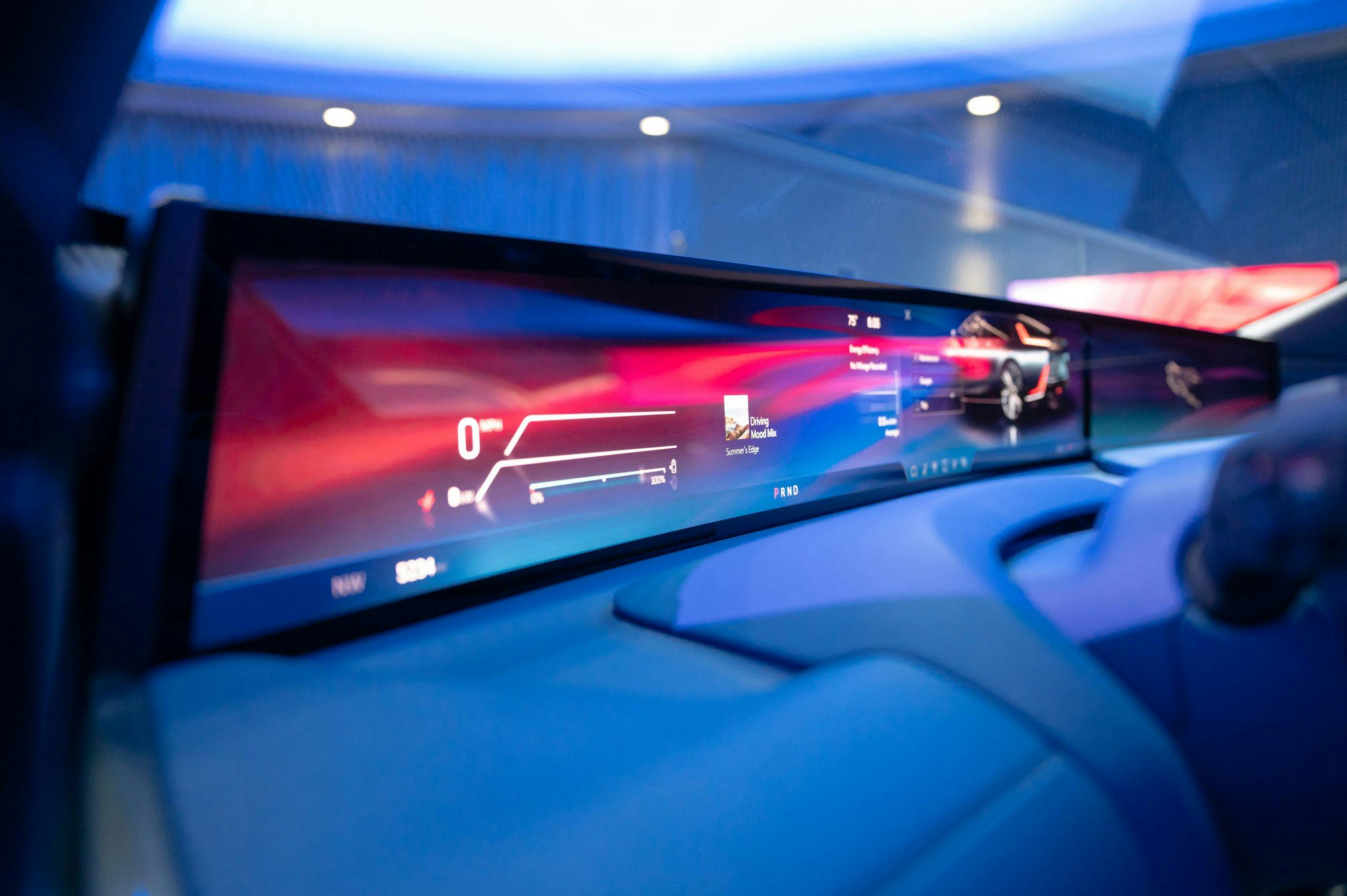
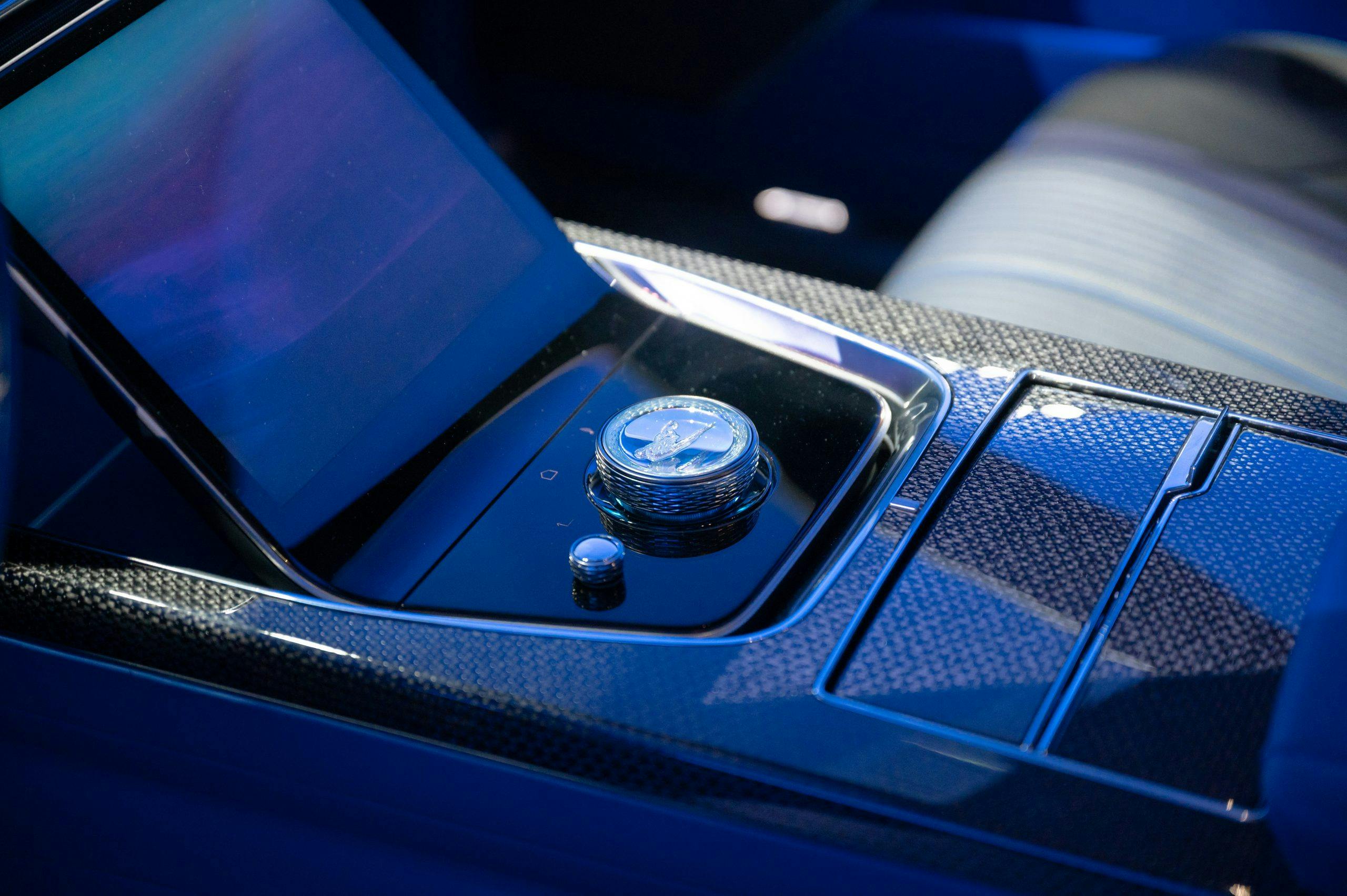
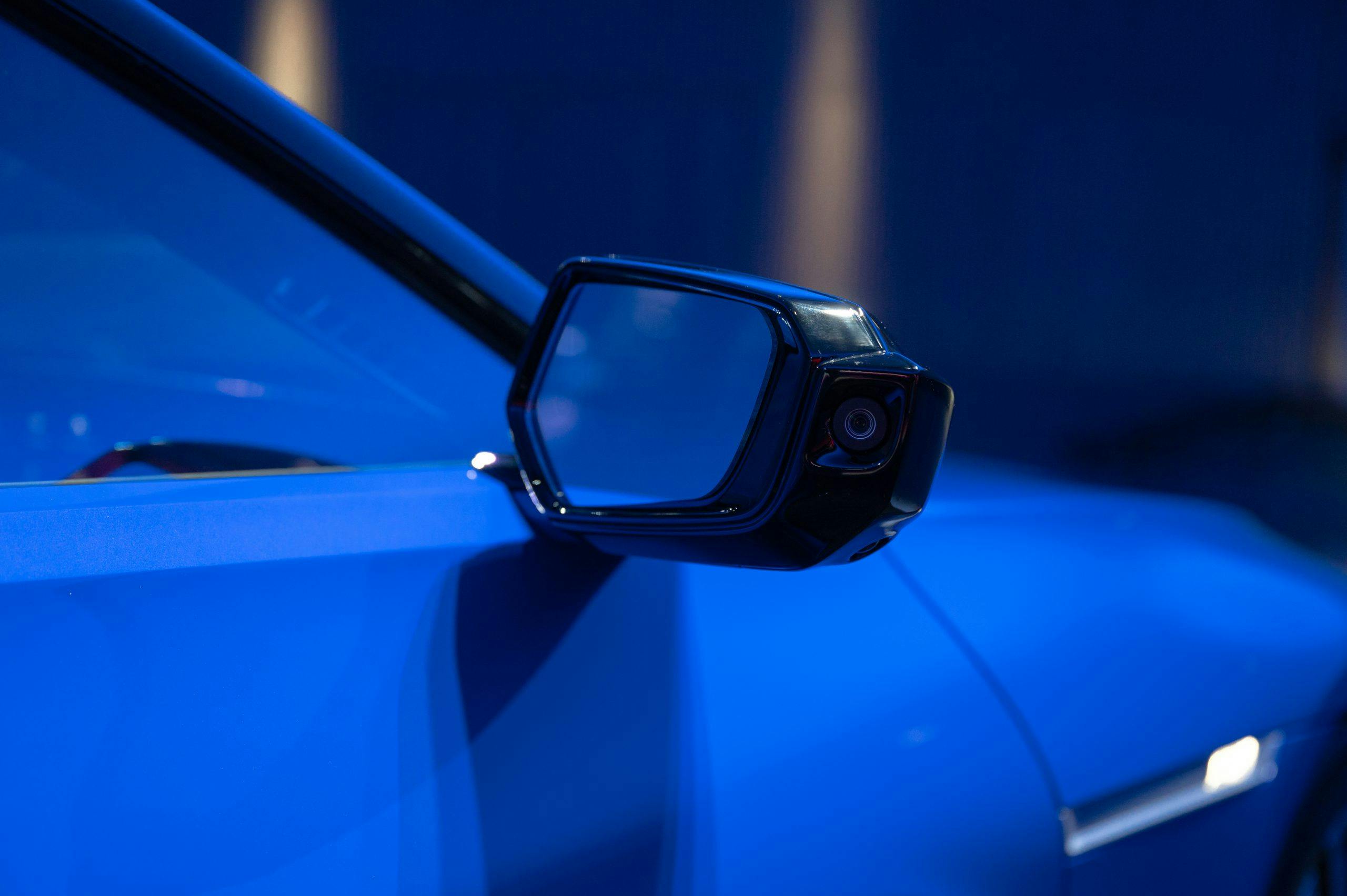
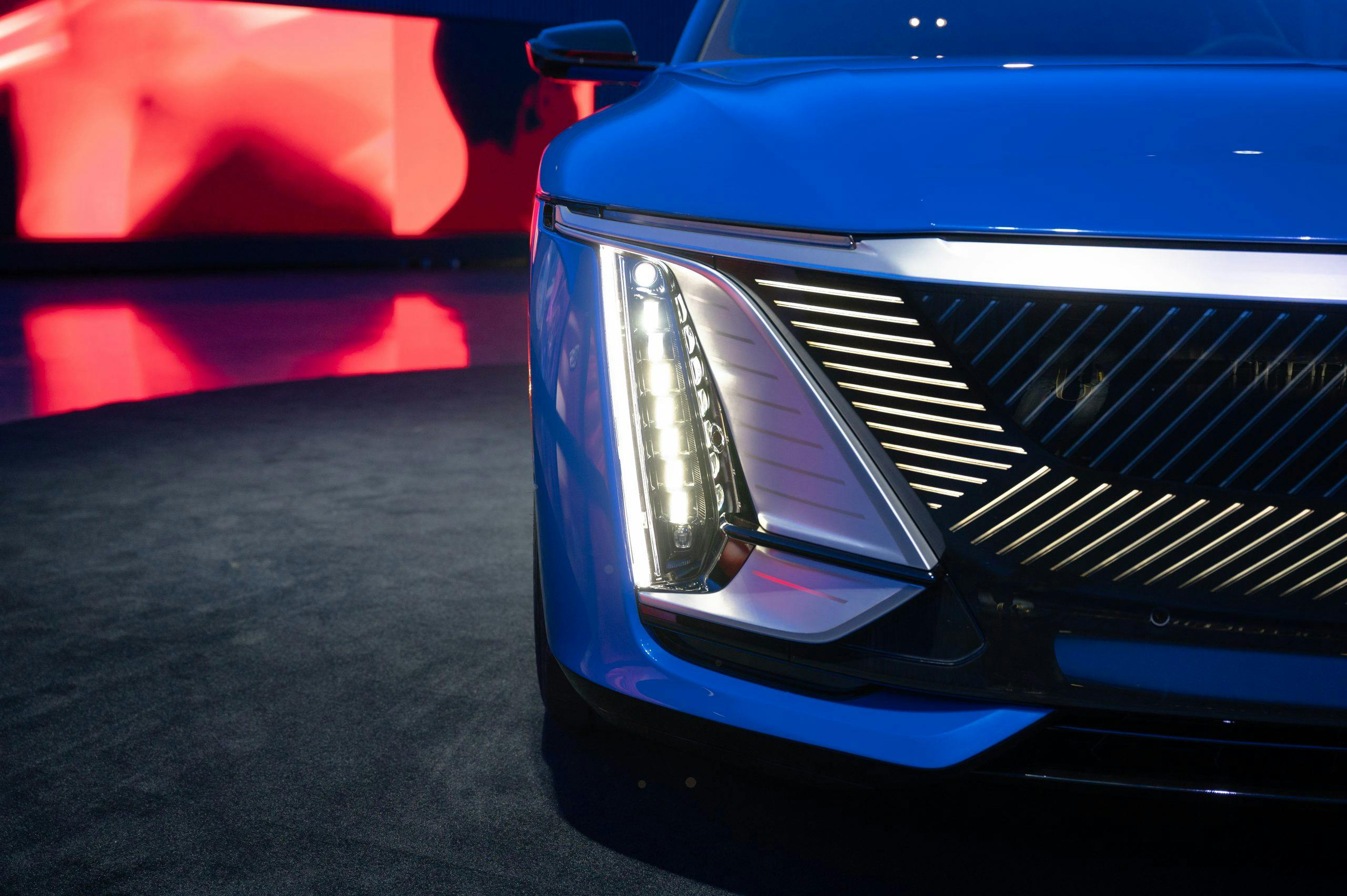
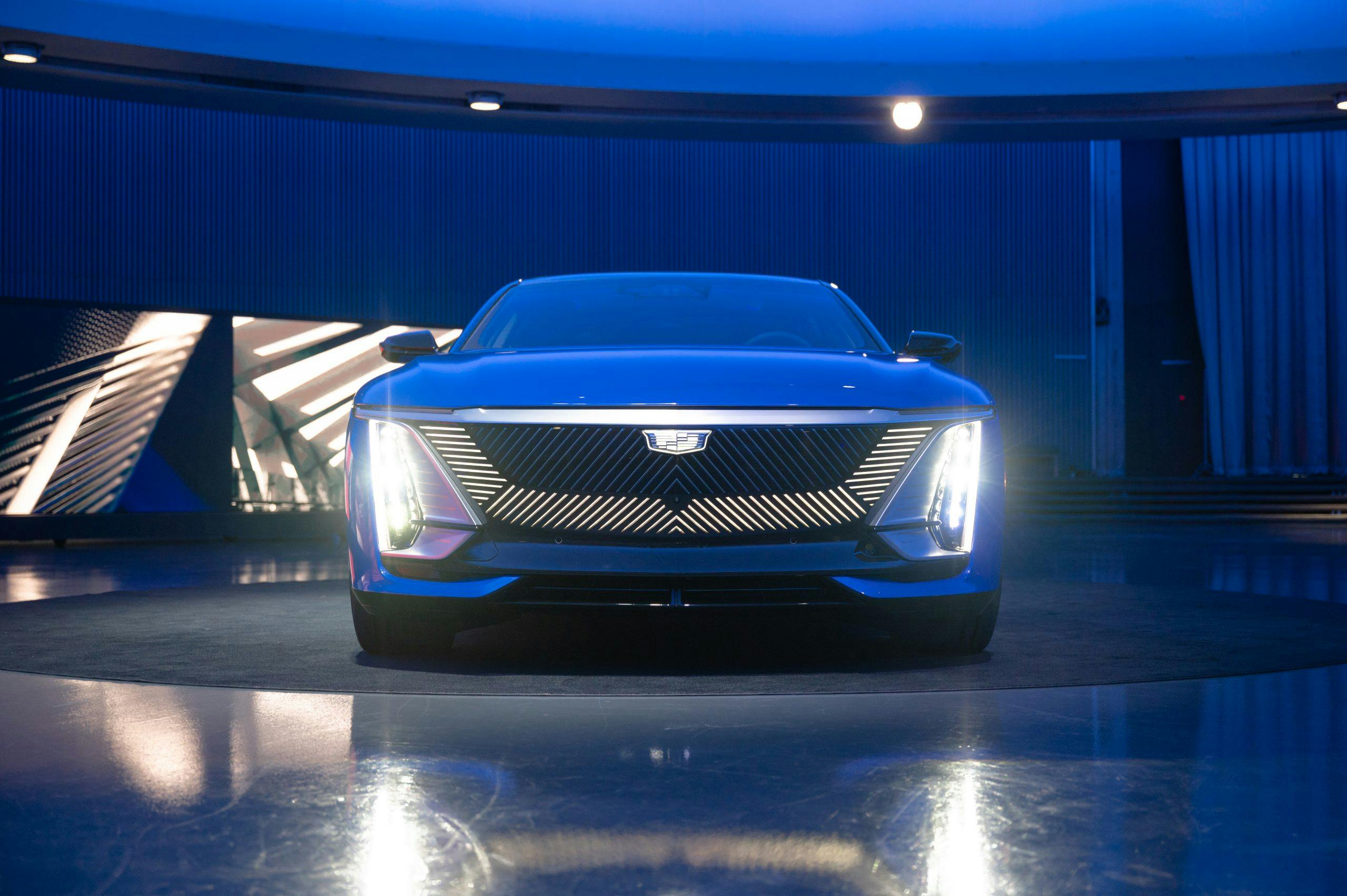
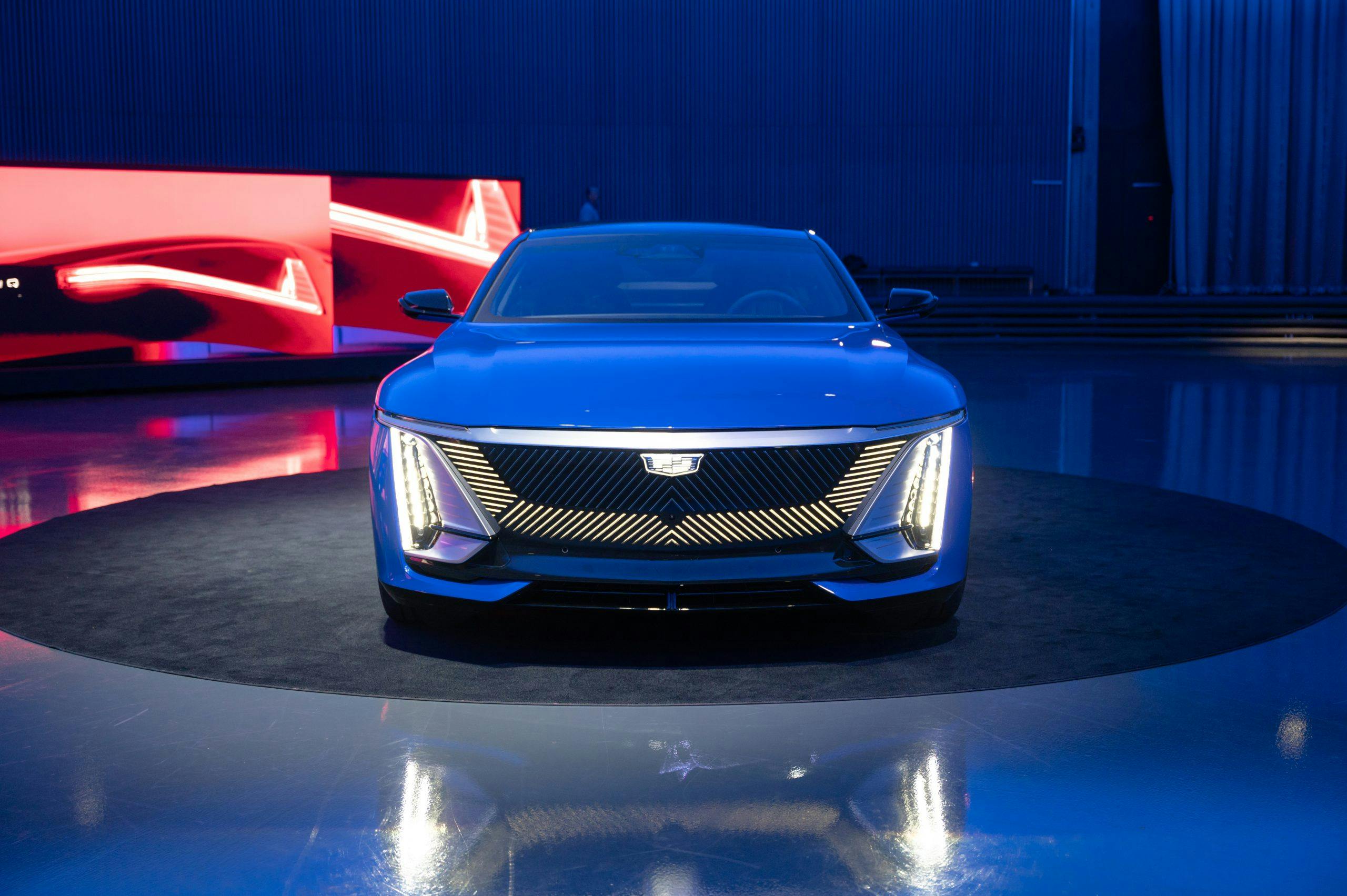

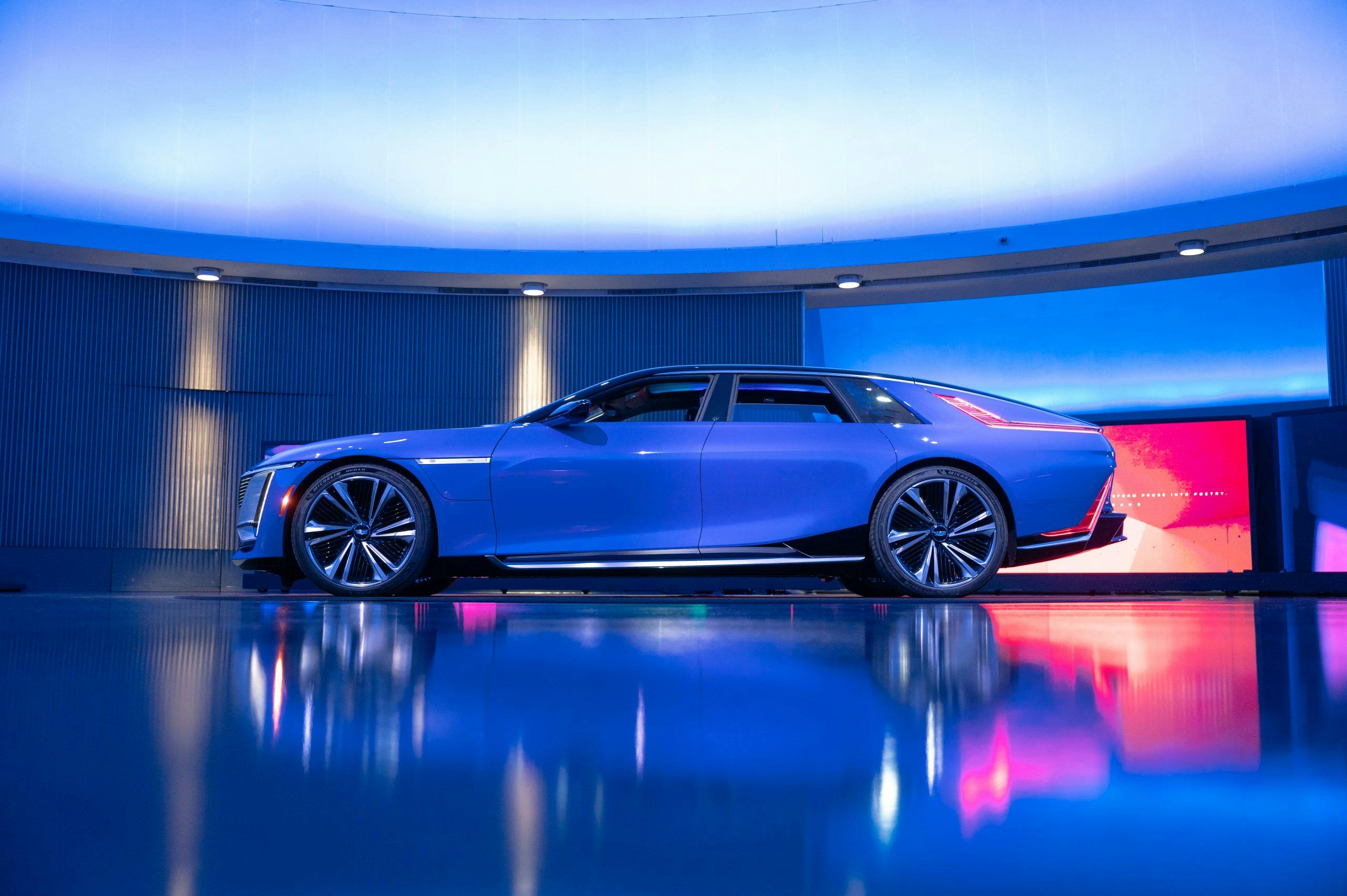
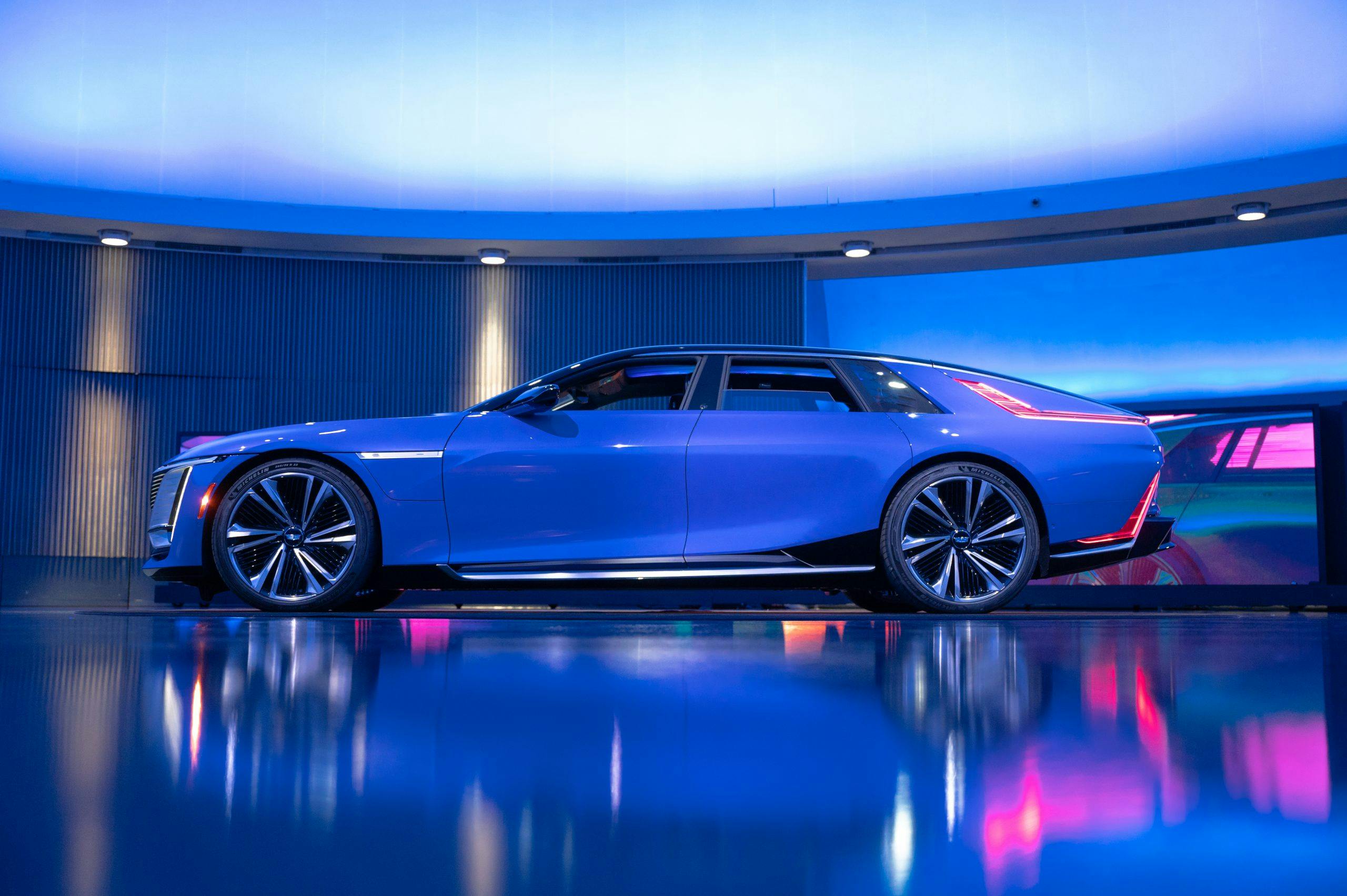
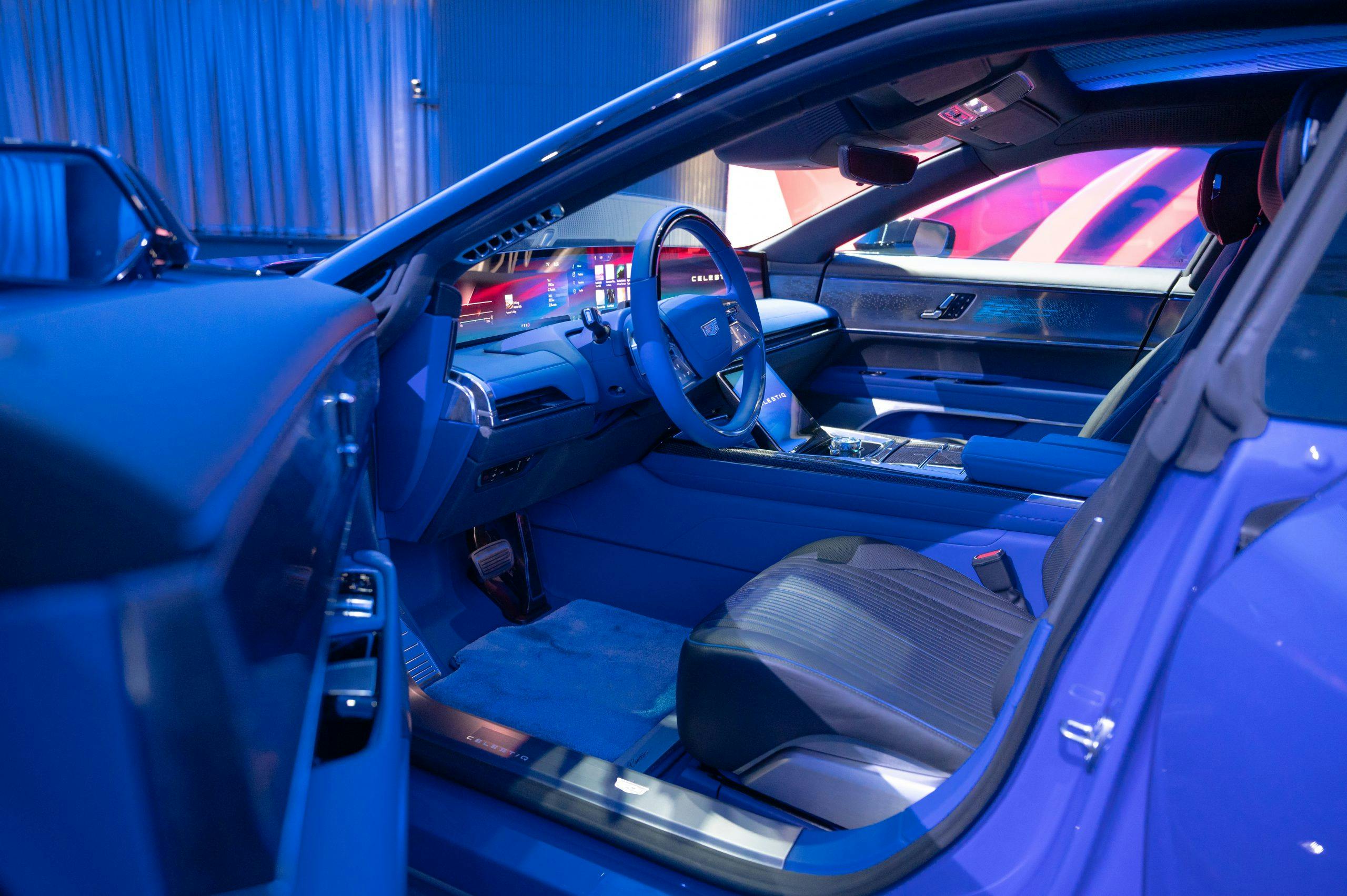
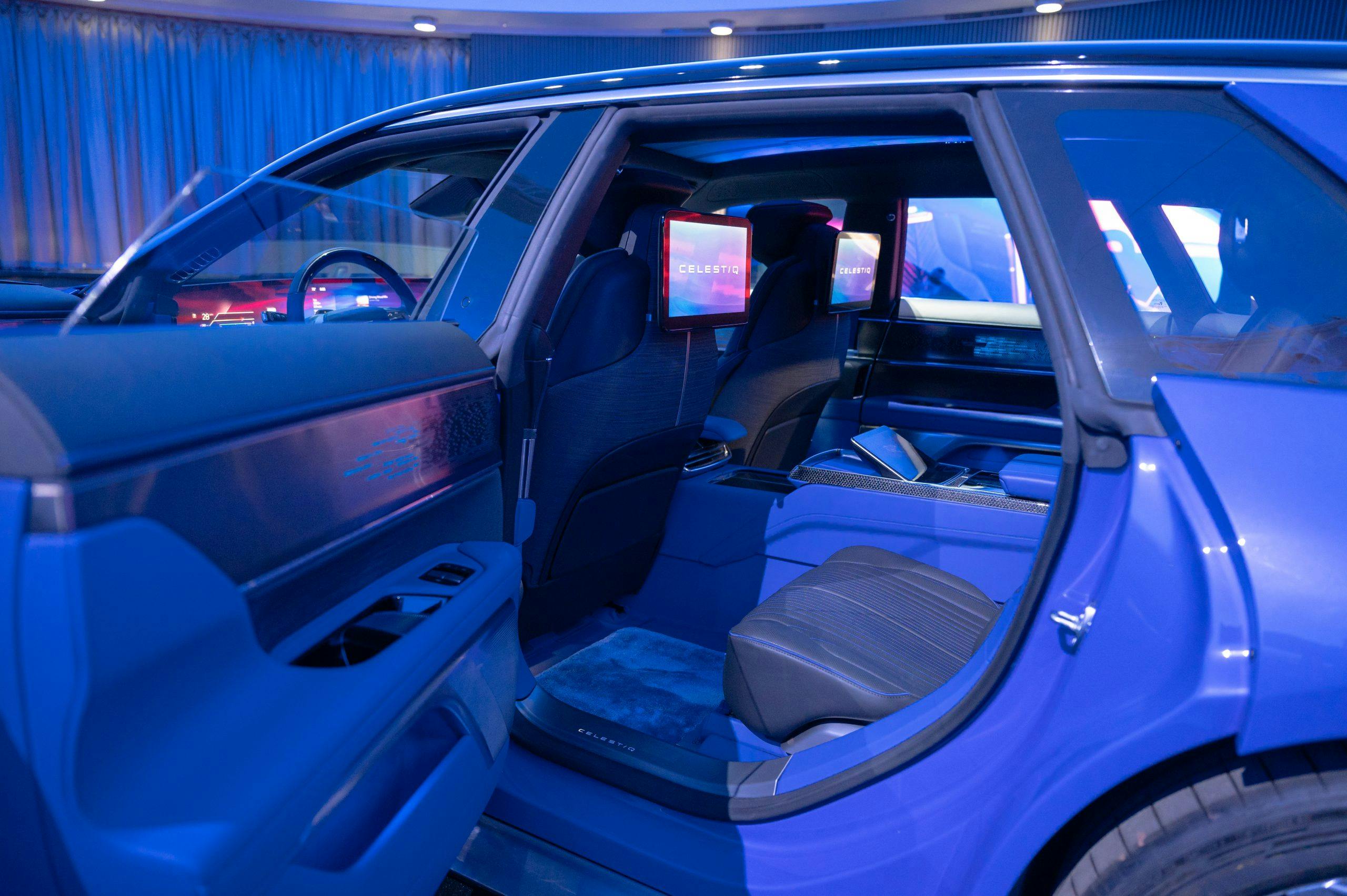
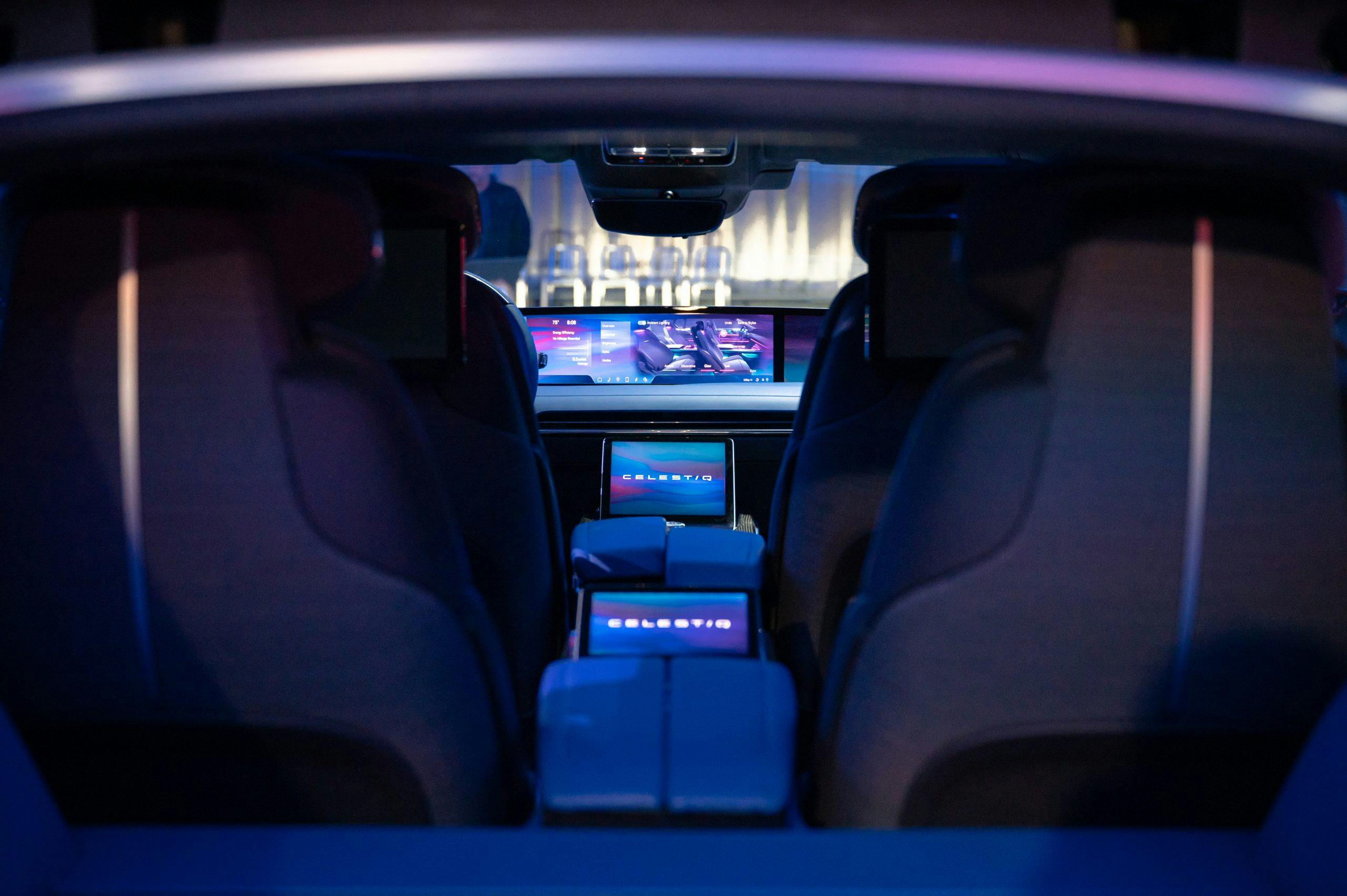
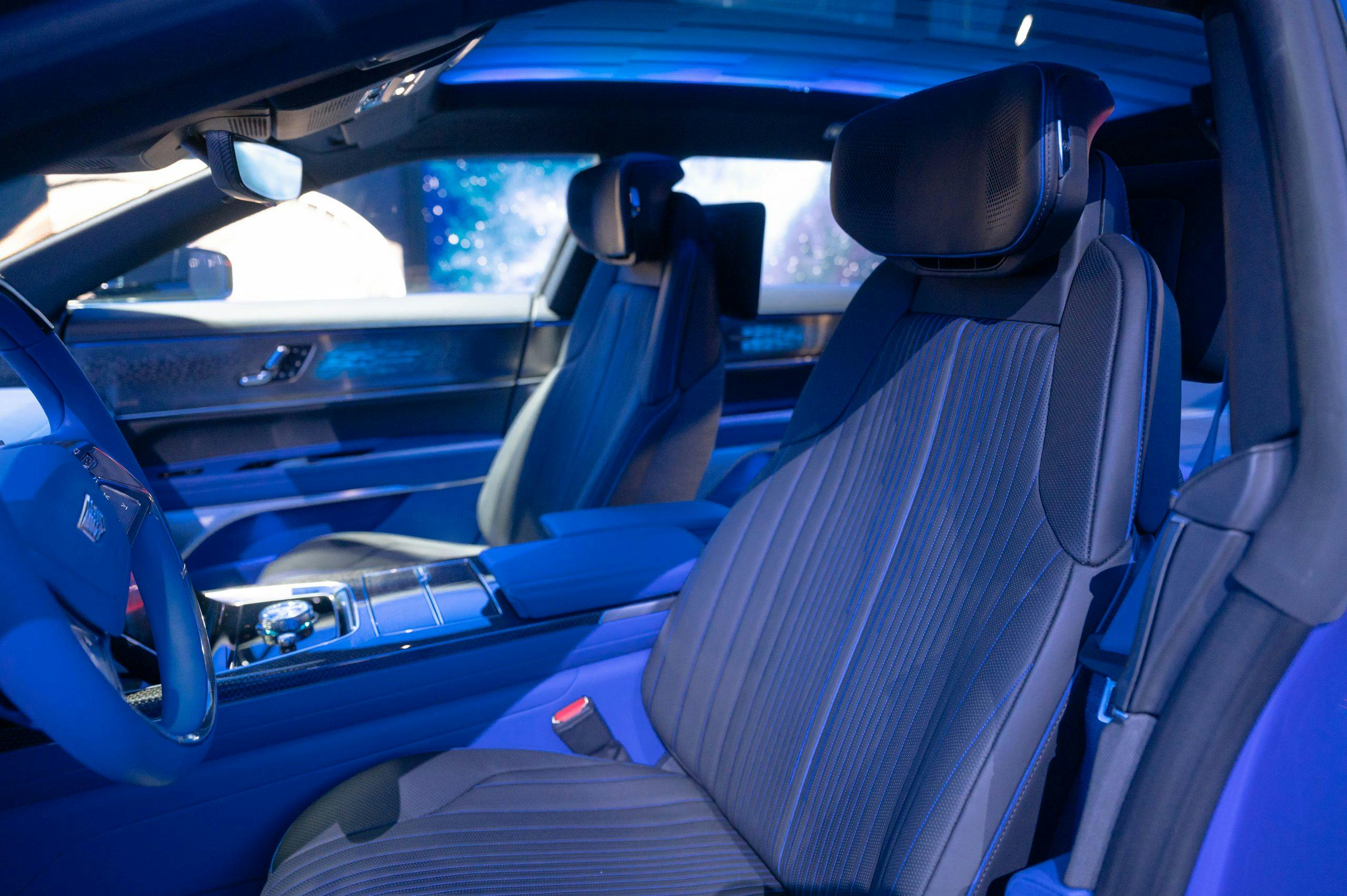
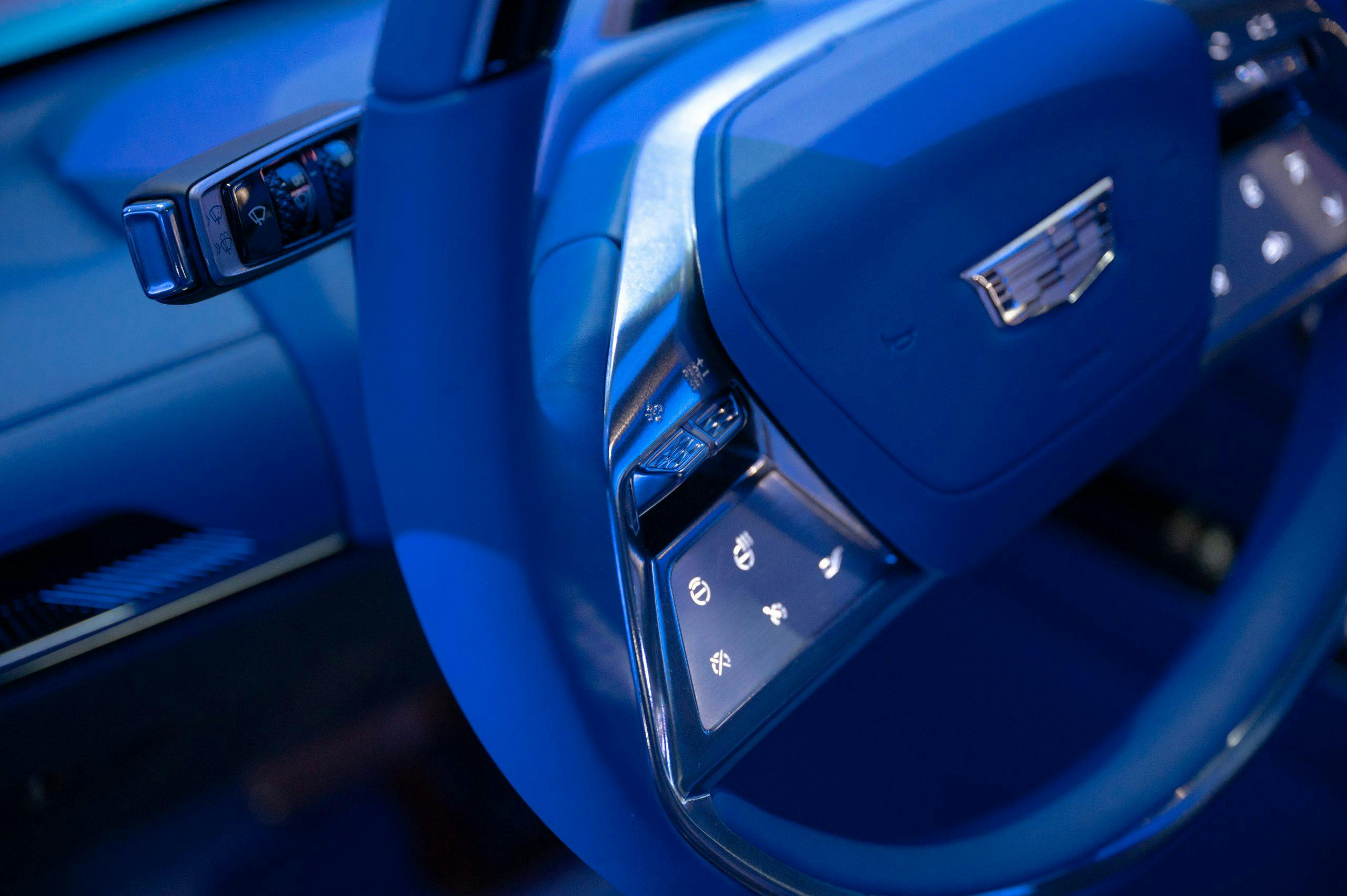
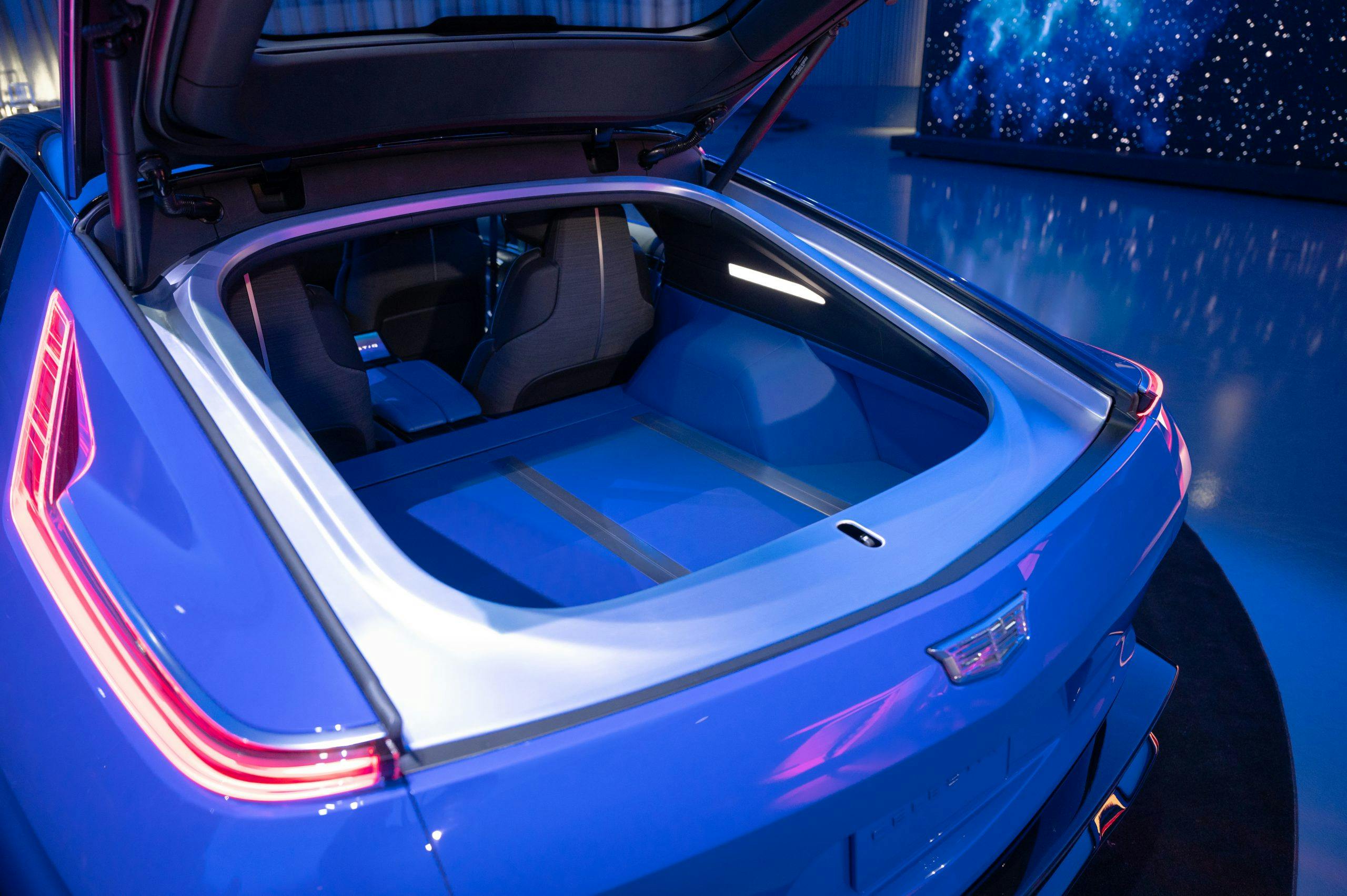
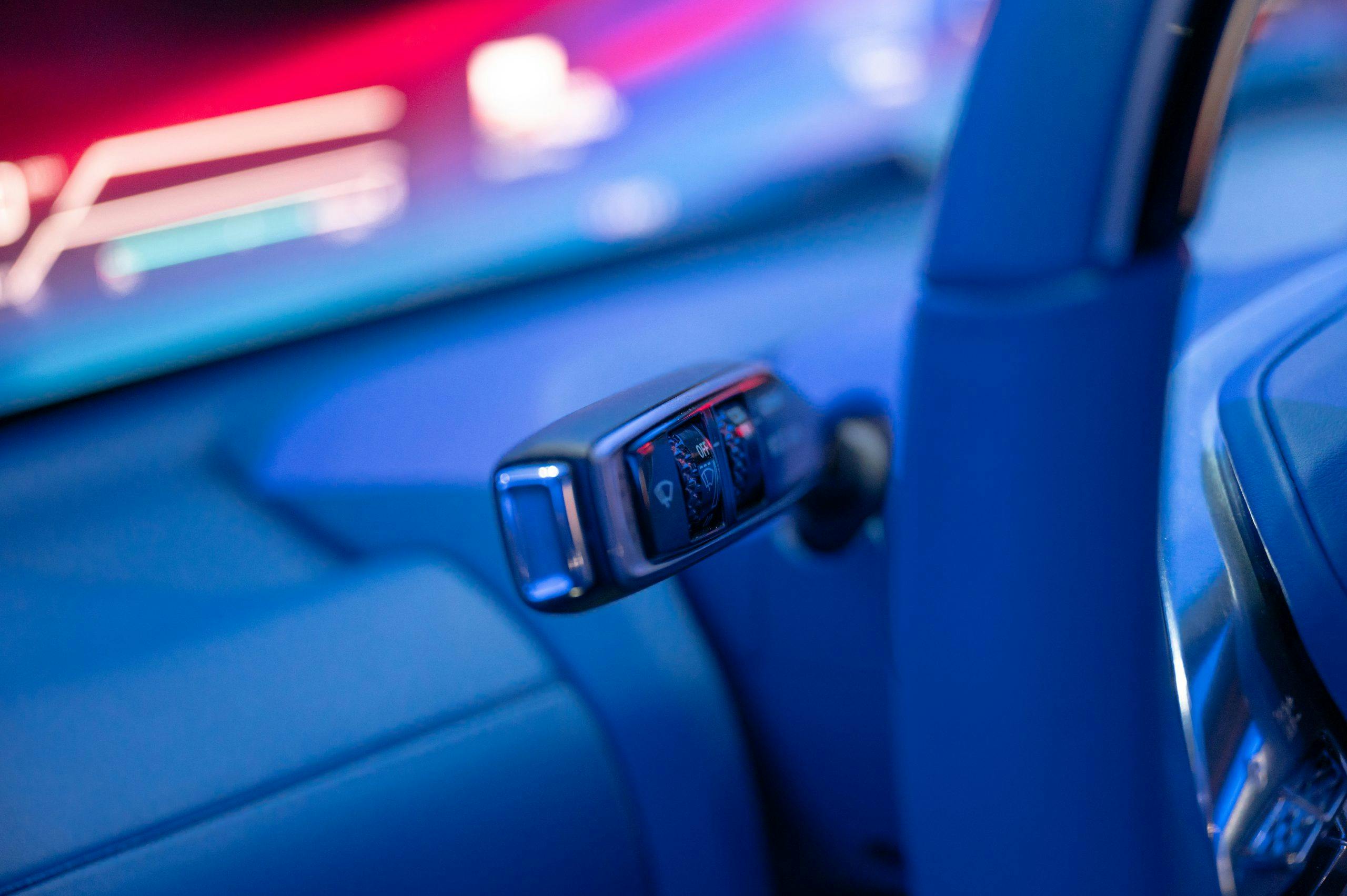

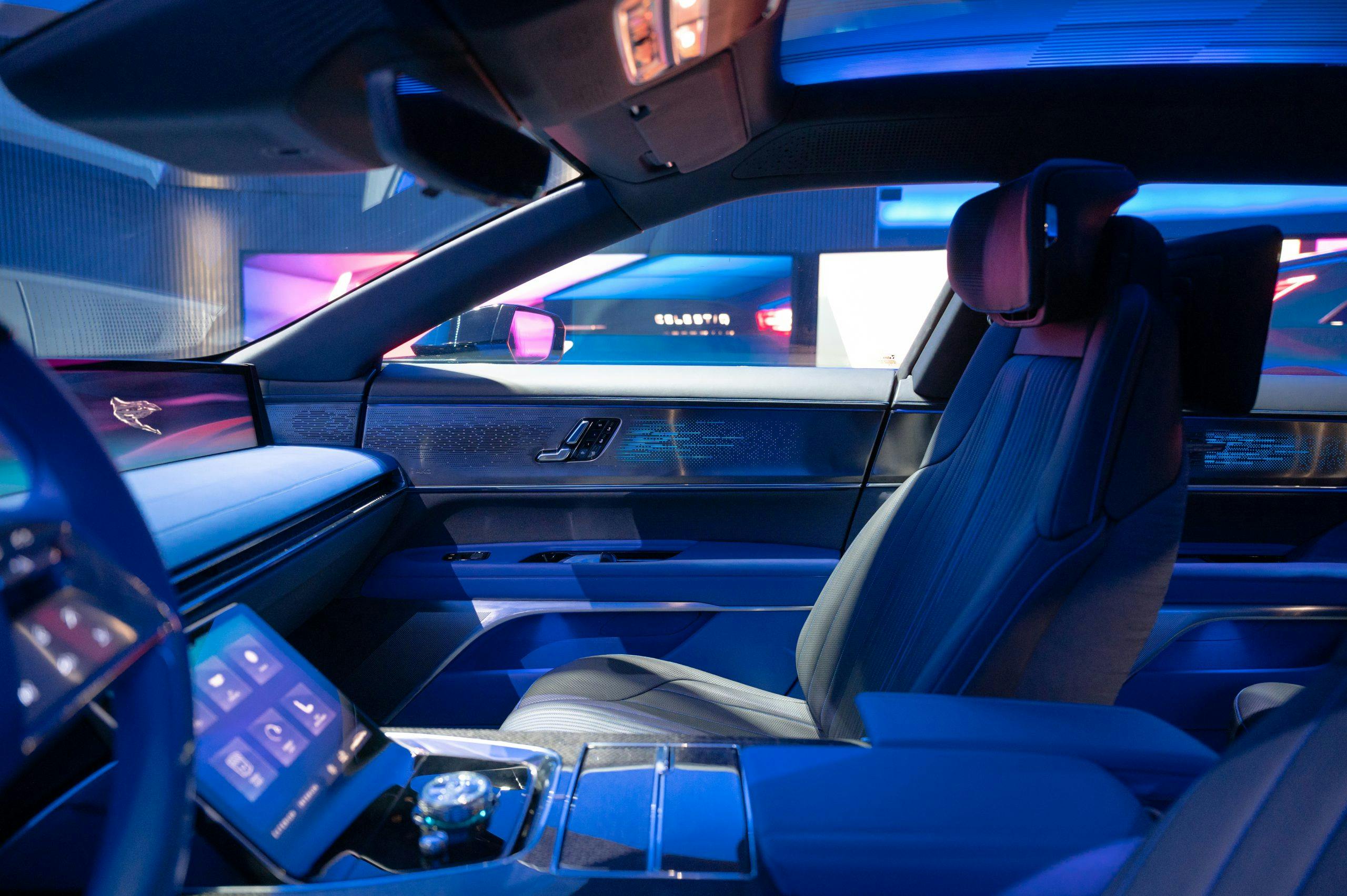


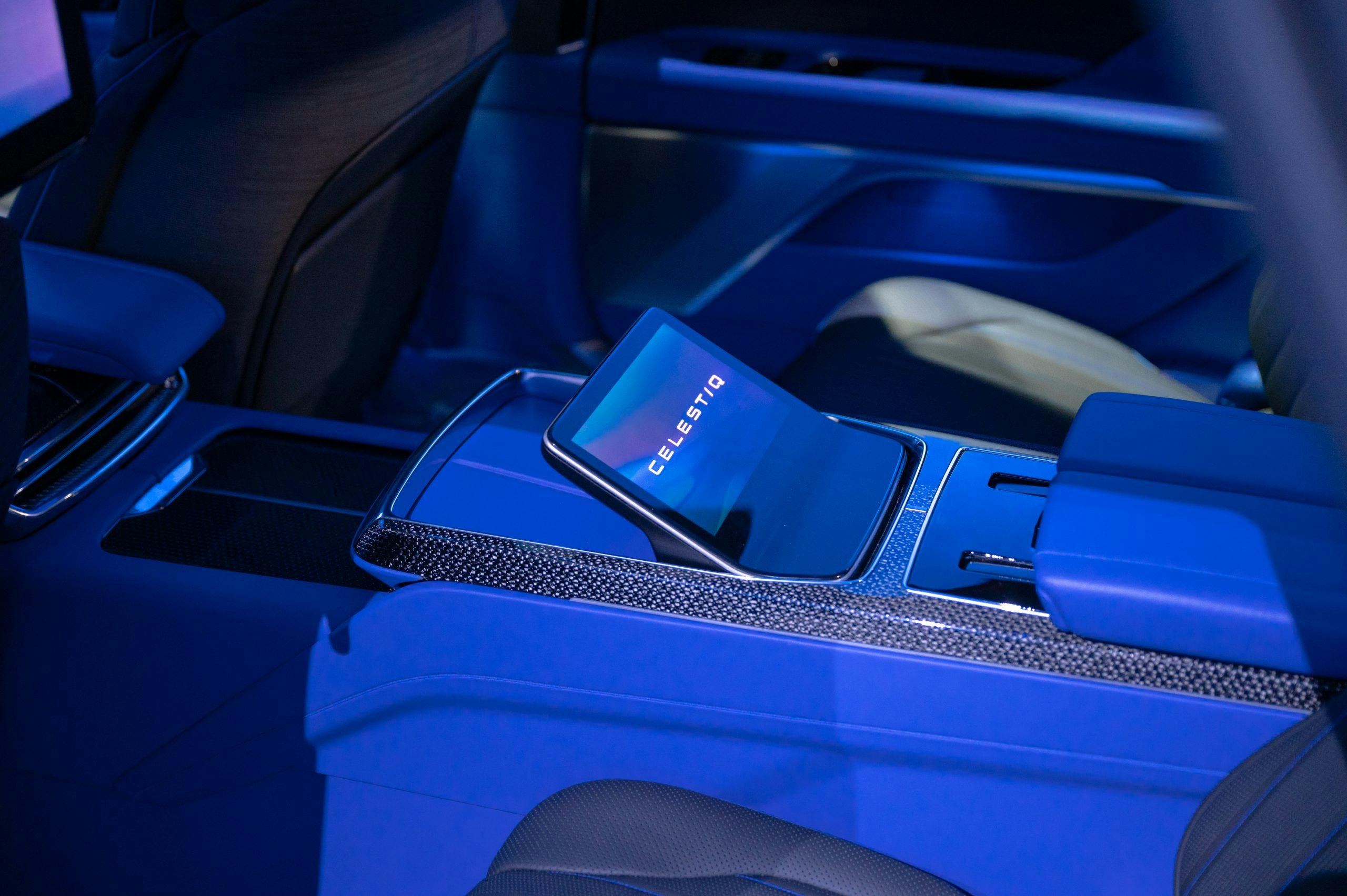
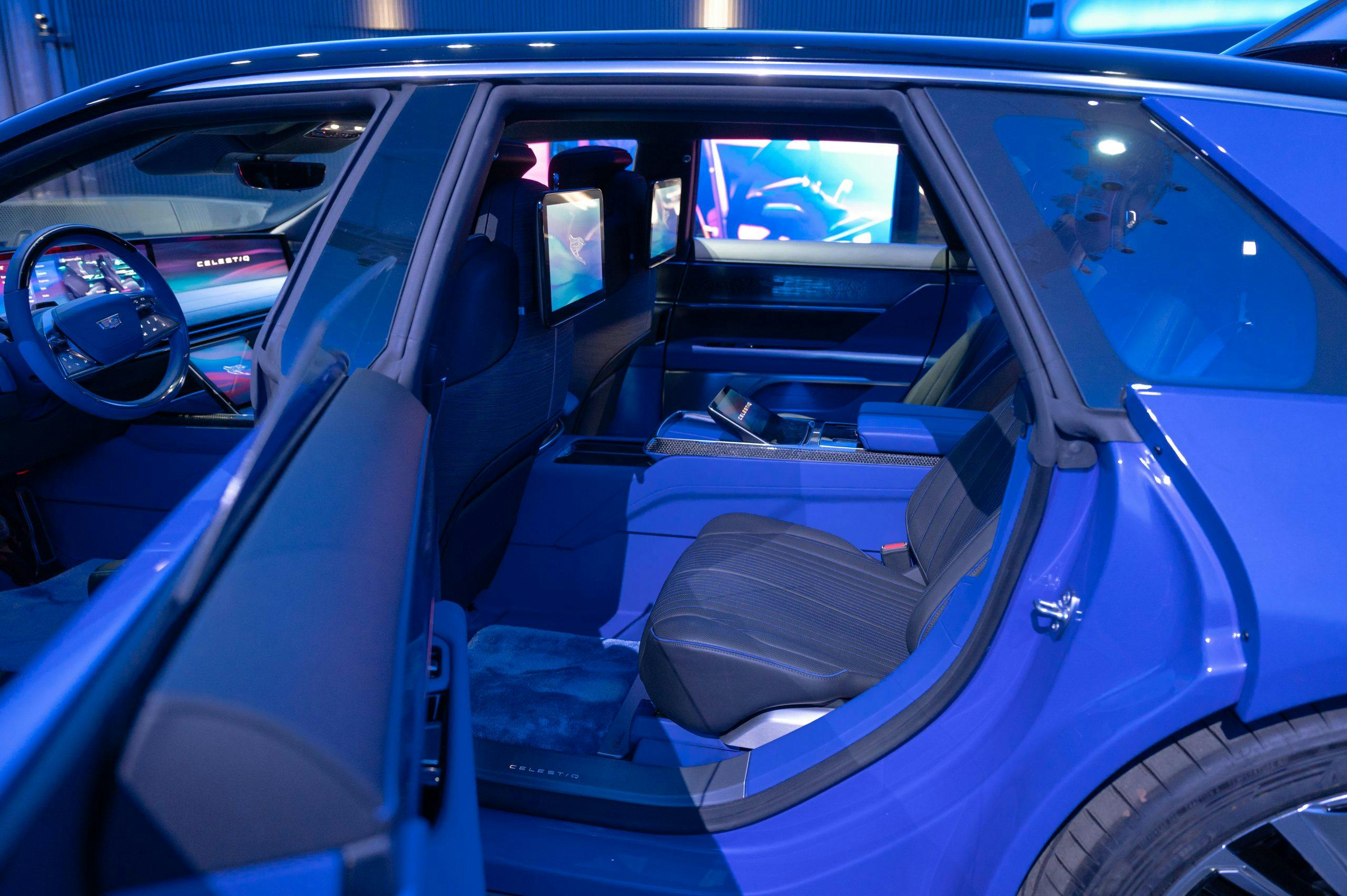

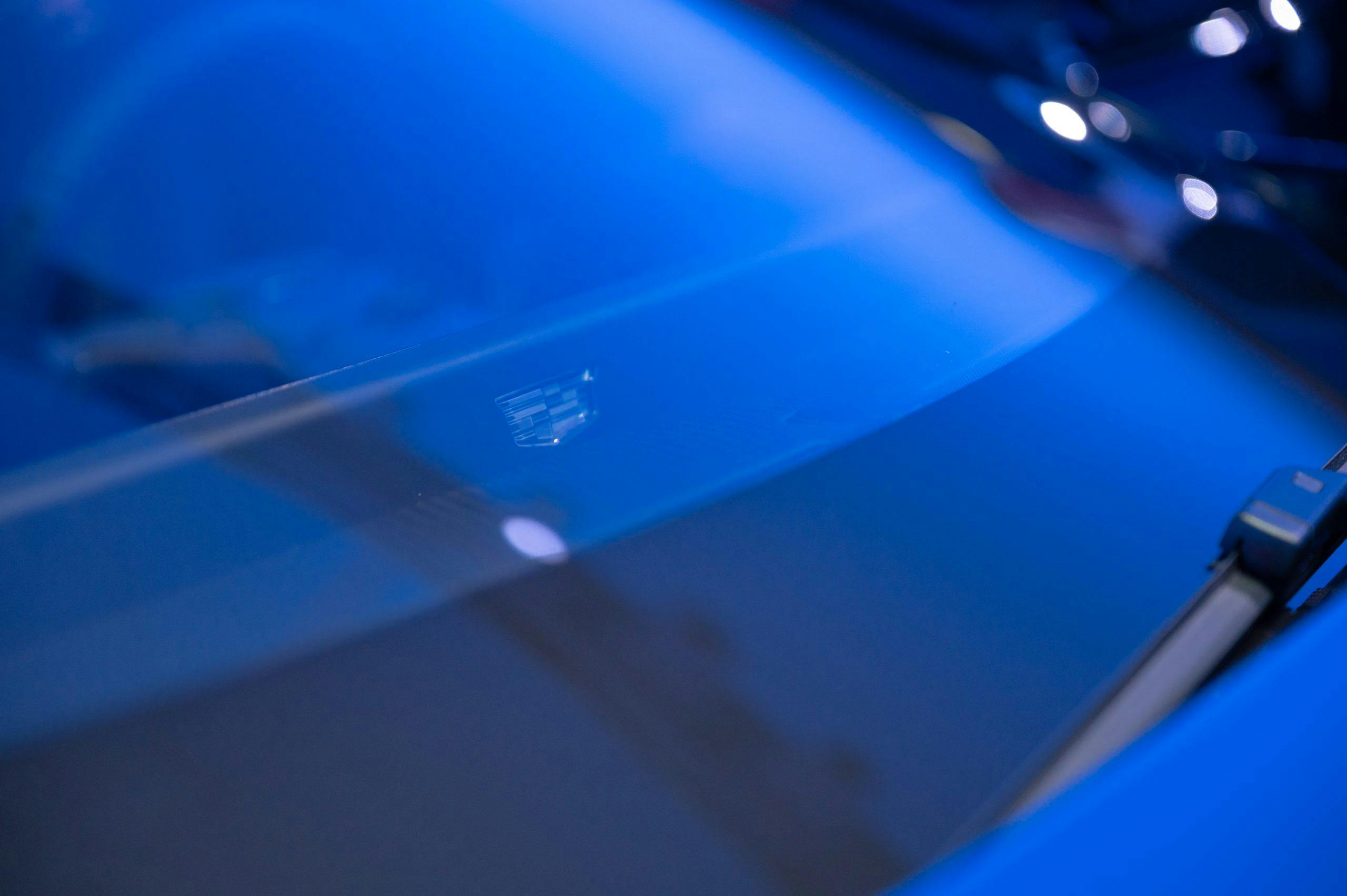
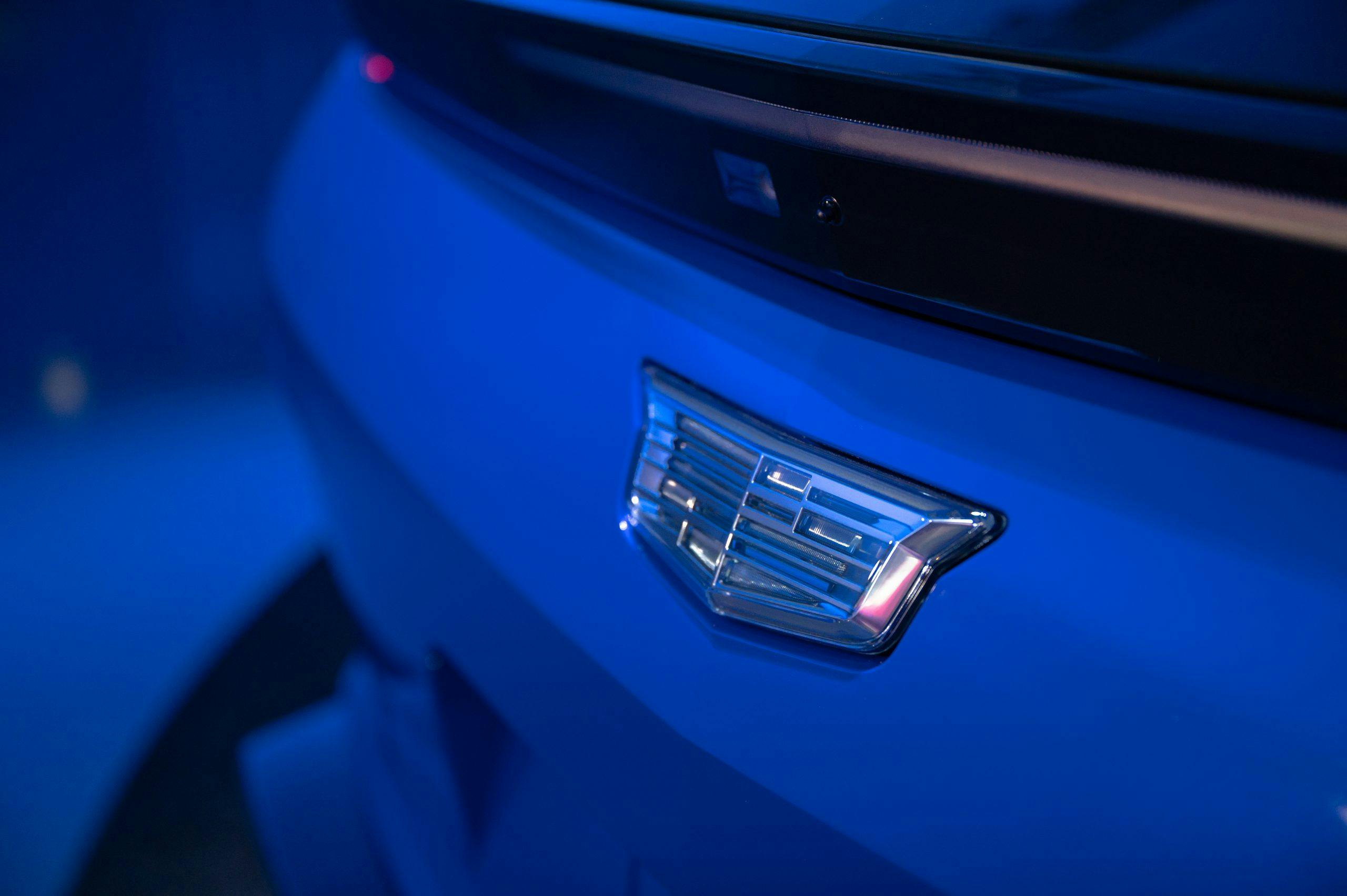
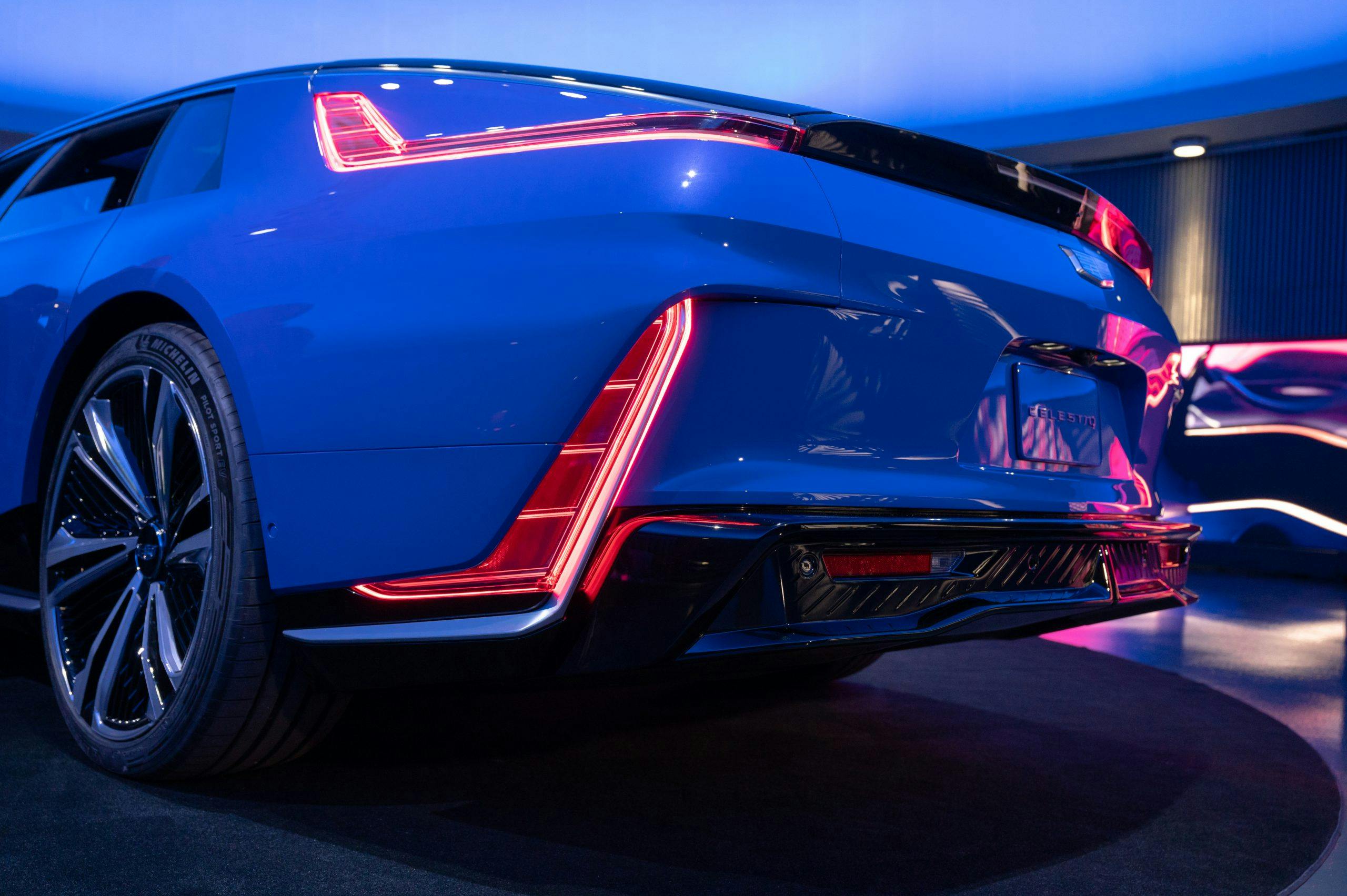
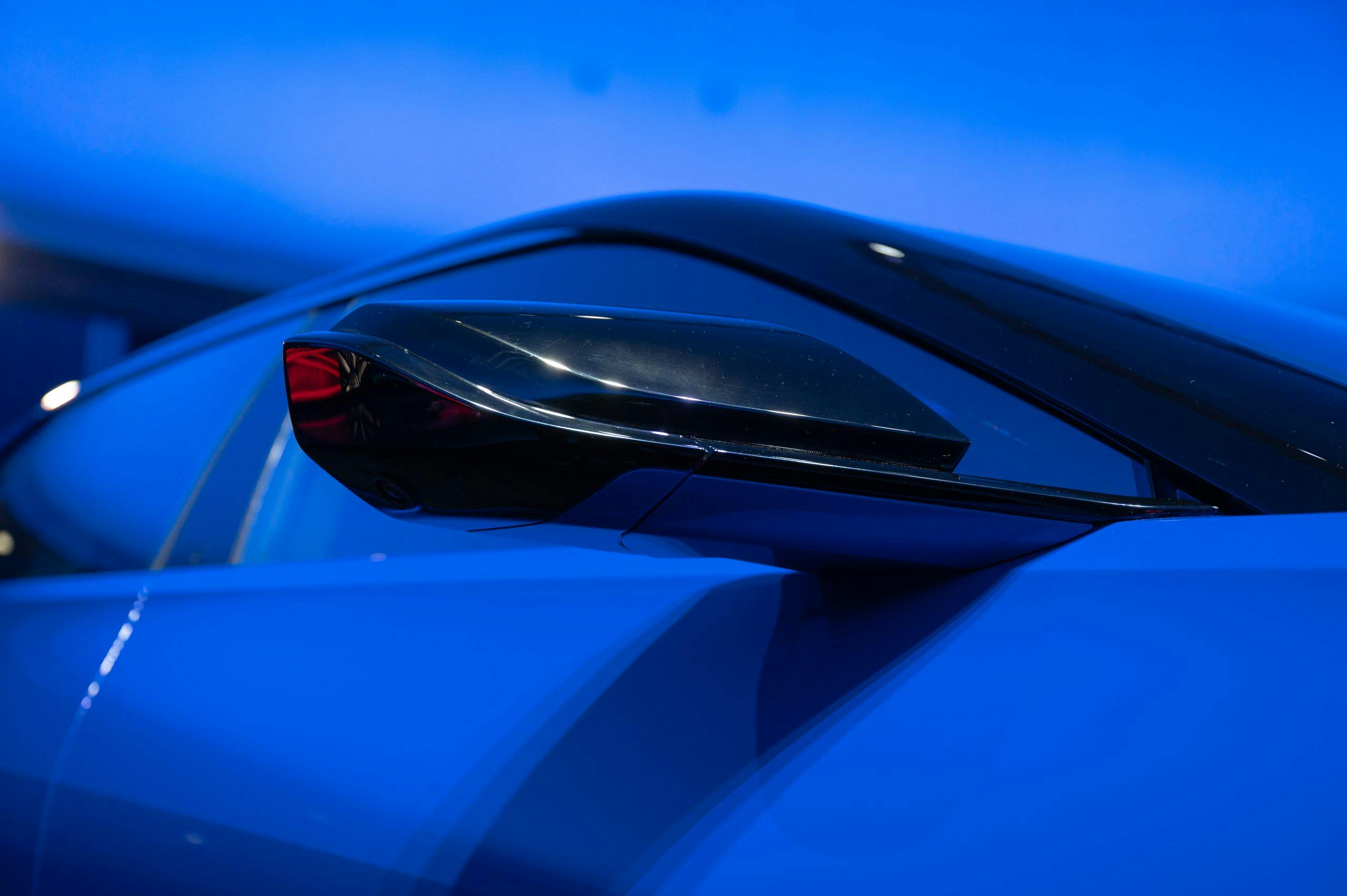

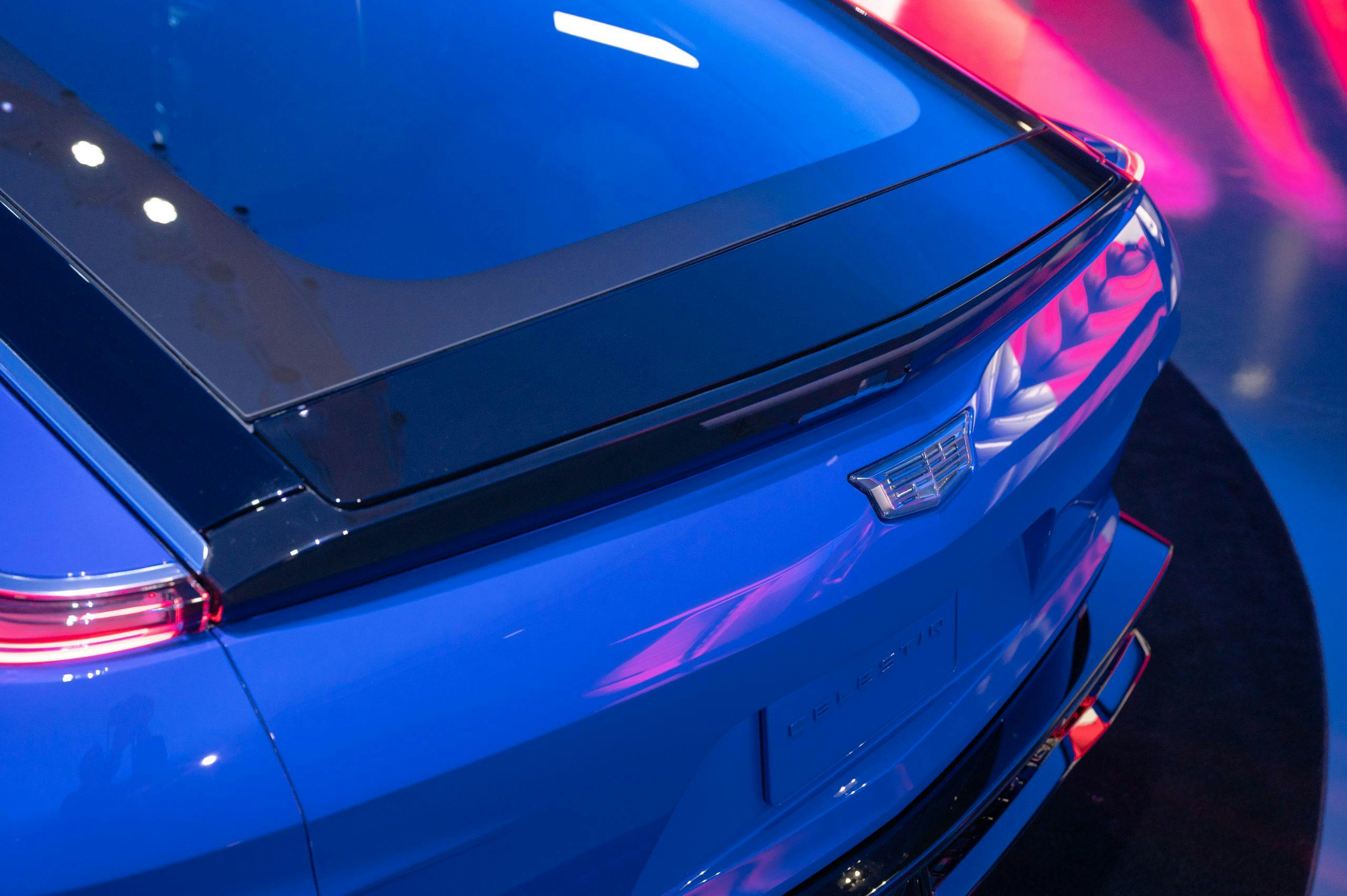
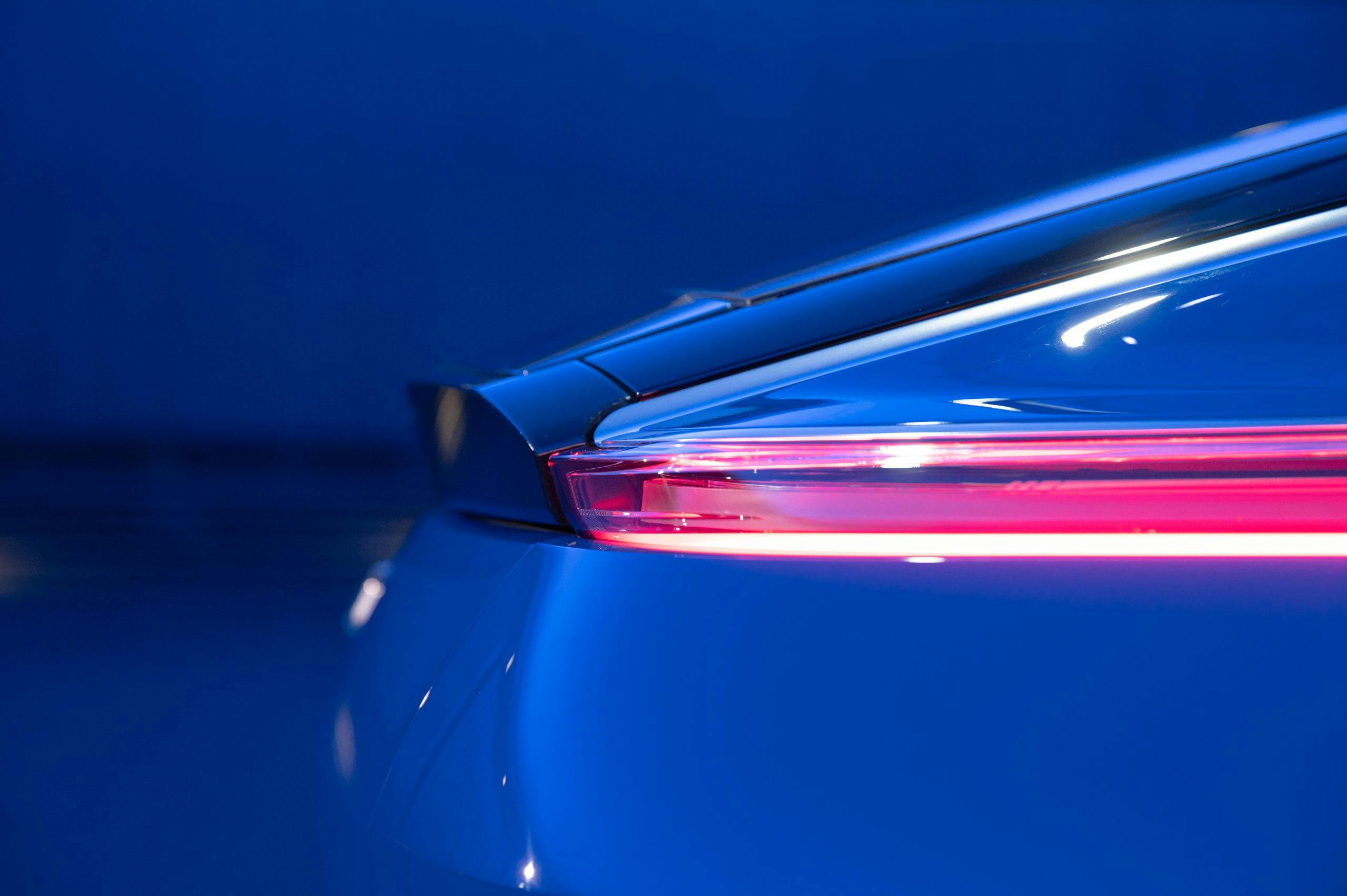

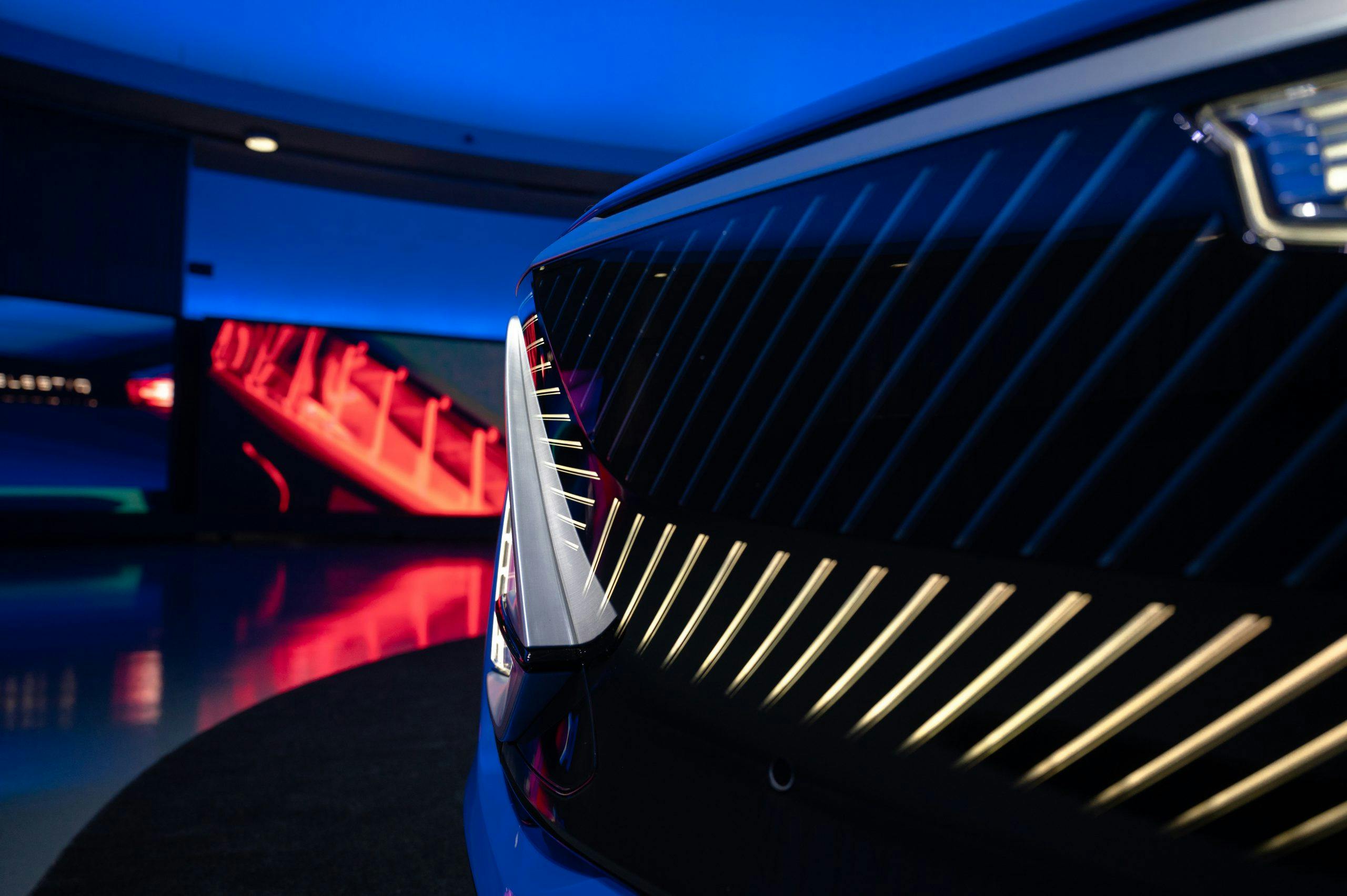

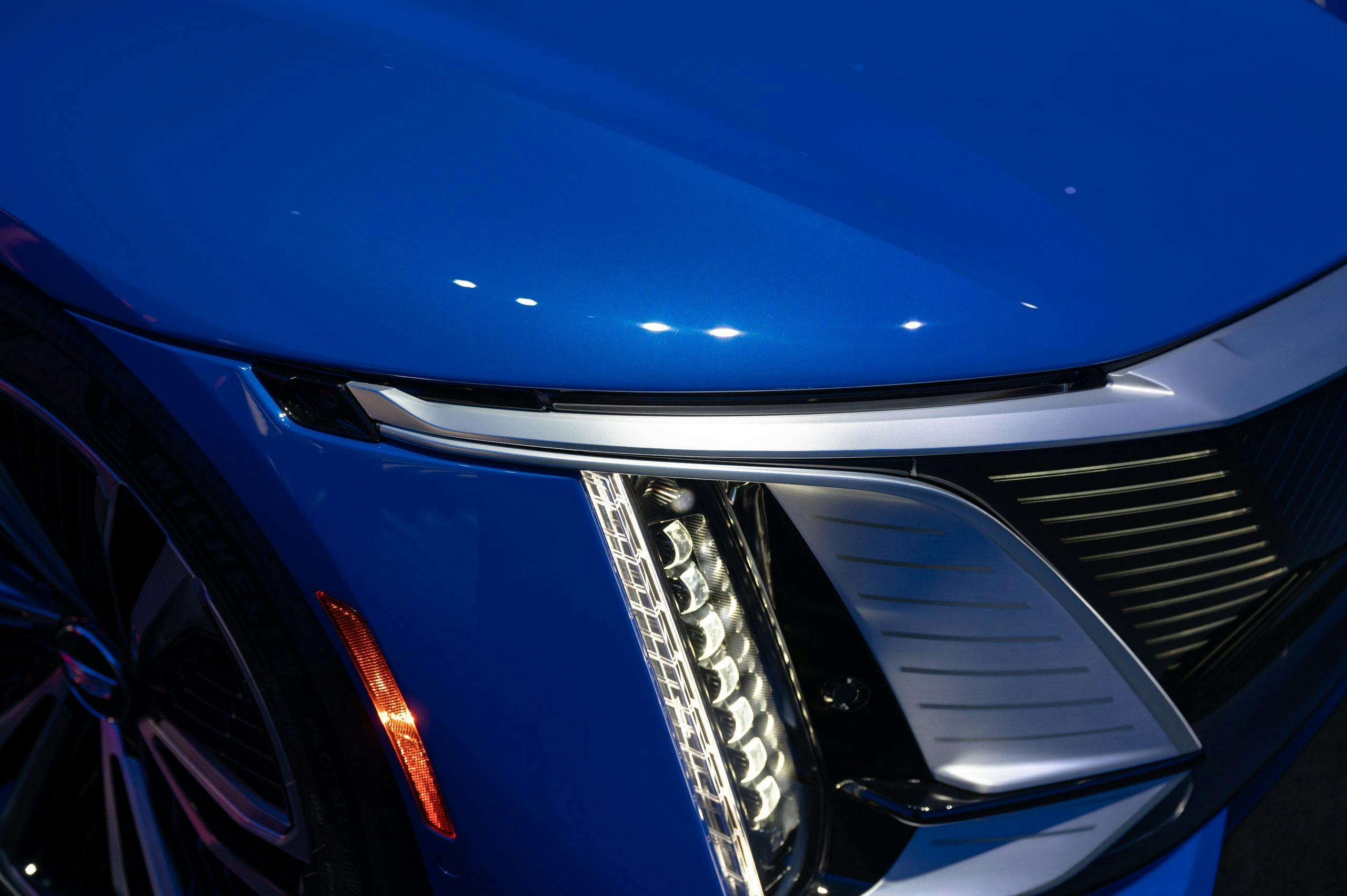
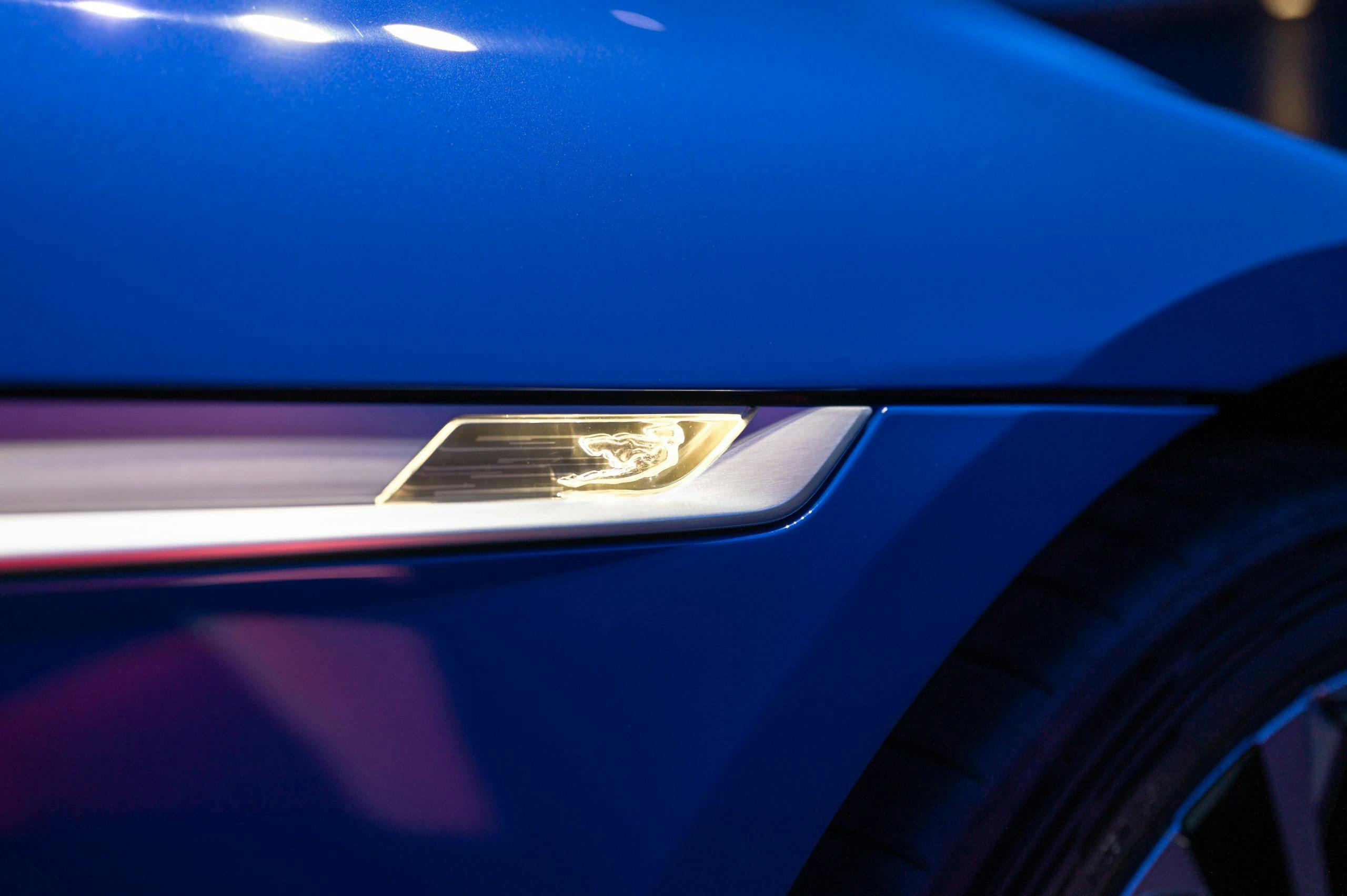
















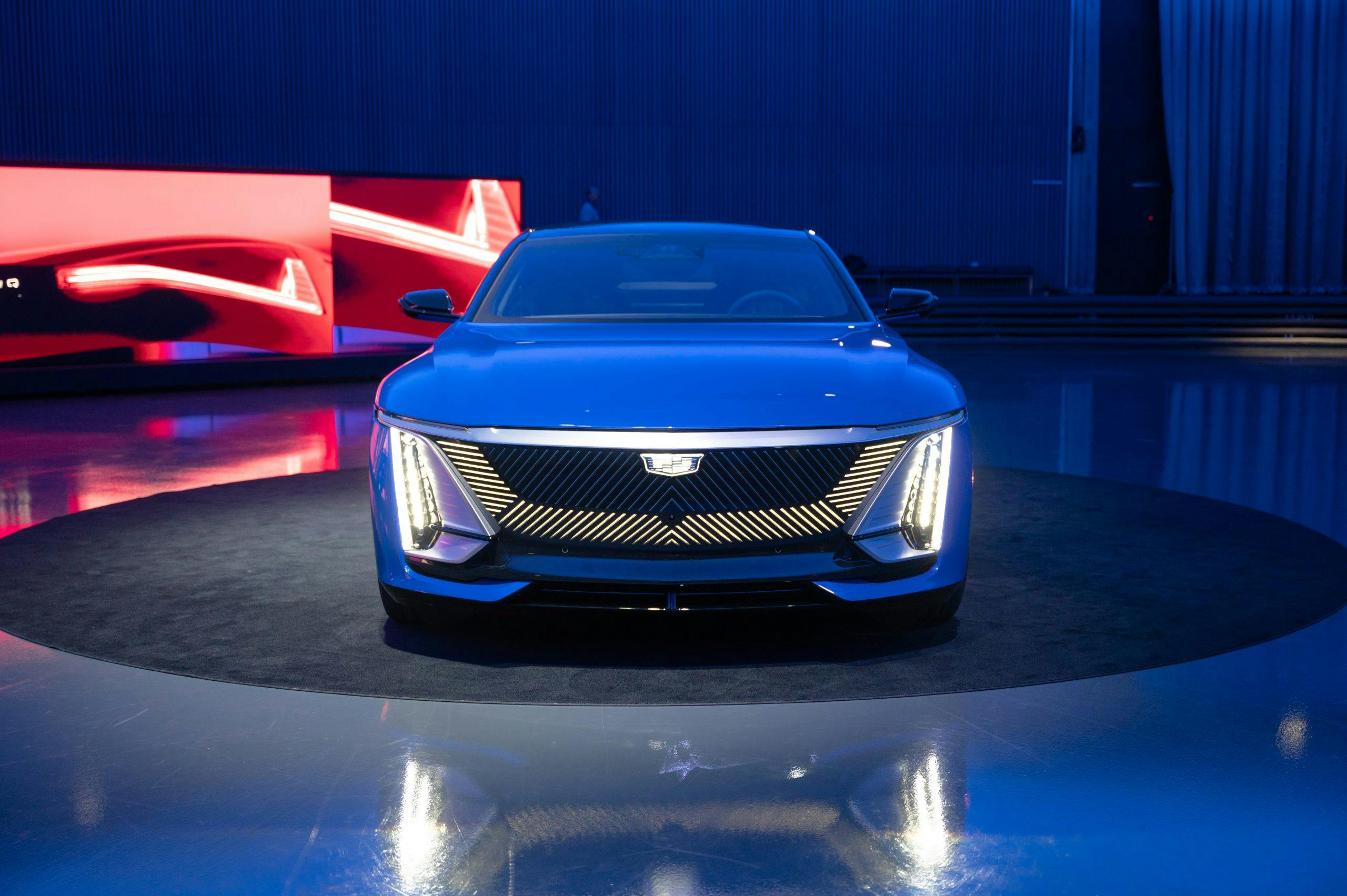


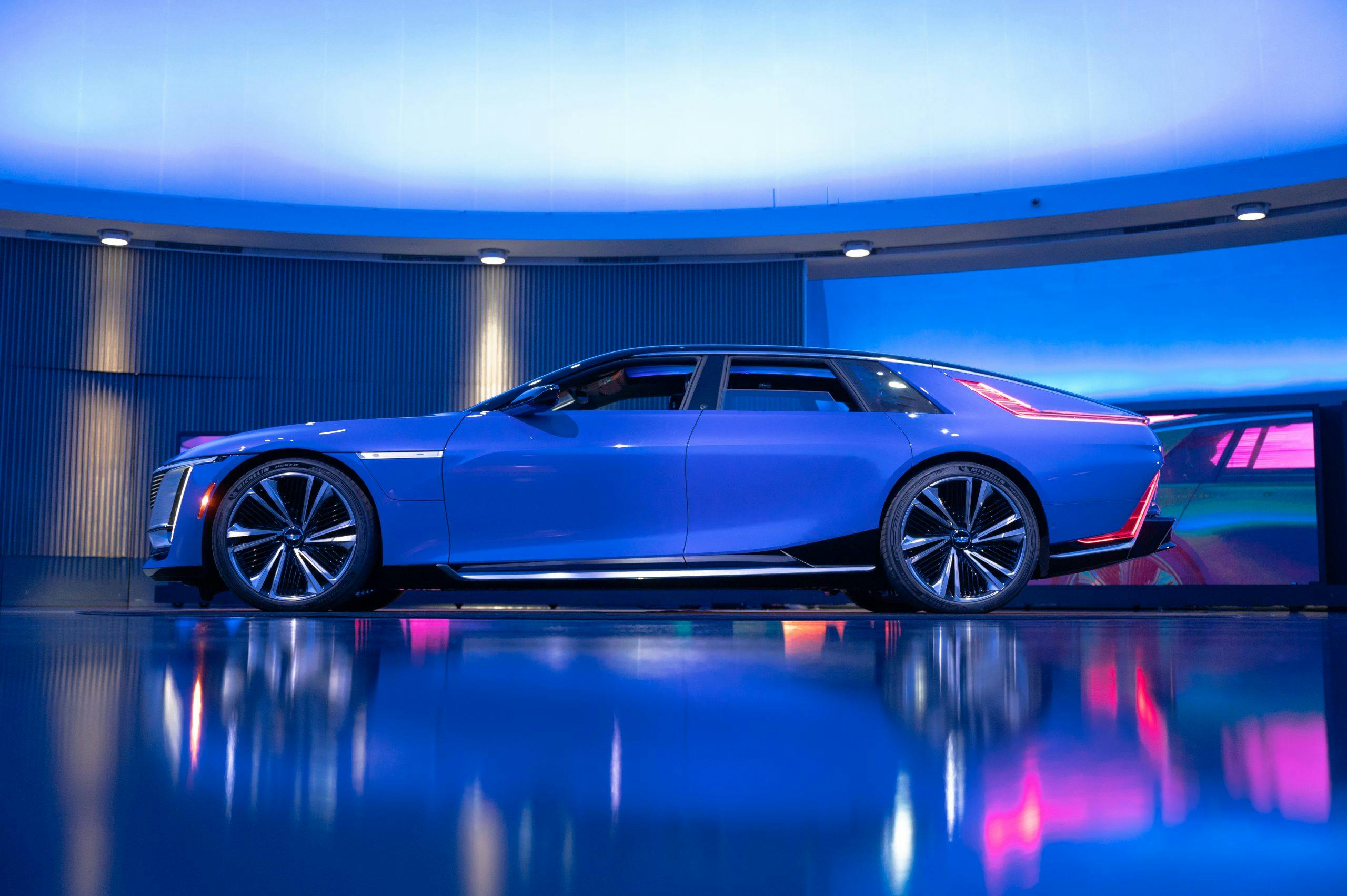



























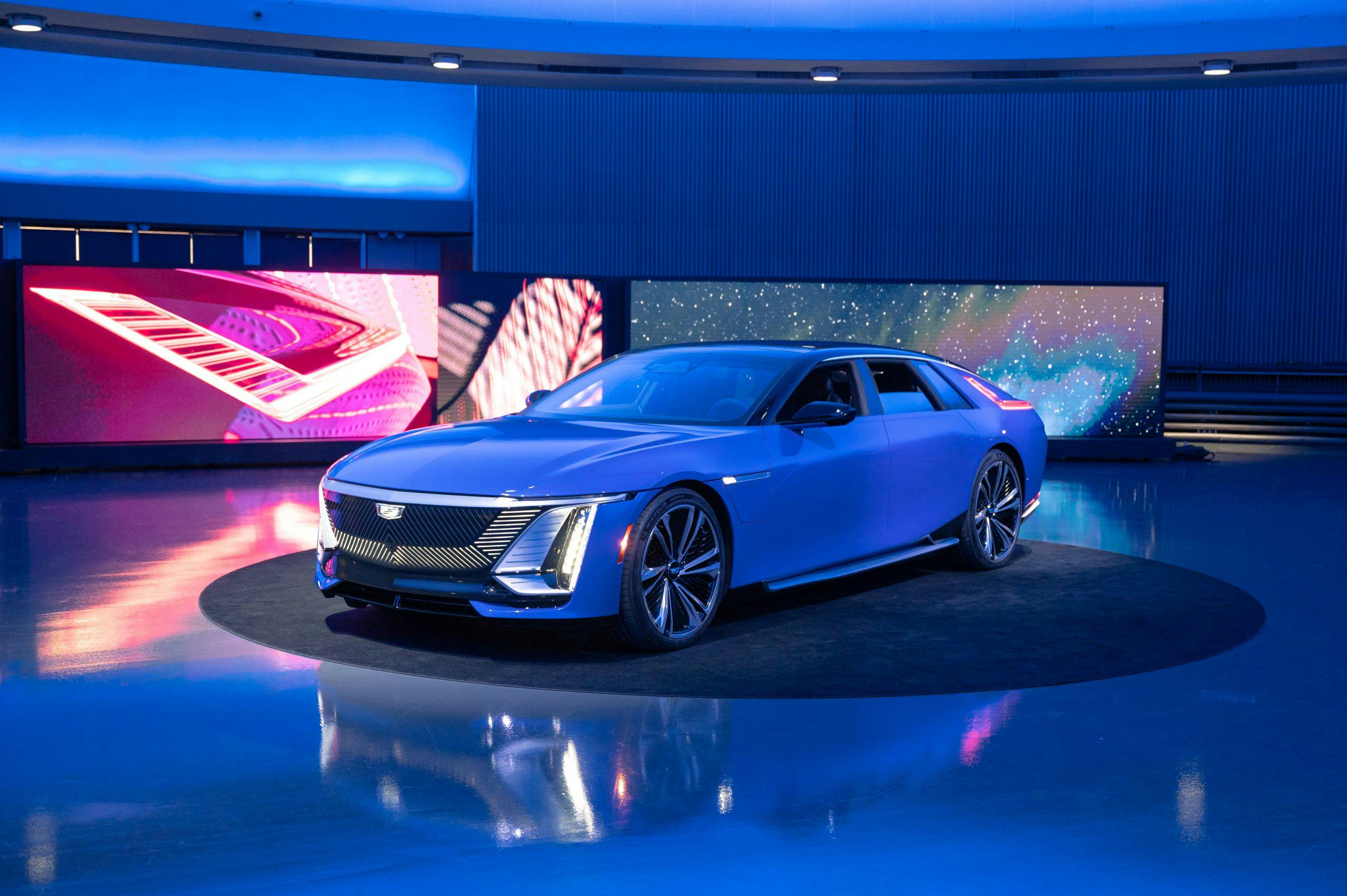
I’ve seen numerous EVs, but only one production model has had any styling appeal. That was the Fiskar Karma. It looked so good on the highway coming home one day that I had to follow it for a while to find out what it was. It also took a while to figure out what was meant by EVER.
as someone above stated, the jelly bean styled bodies are just ugly. It seems that everyone mass producing an EV adopts that style and it is worse than a PT Cruiser Convertable.
Good luck Cadillac. Looks like they combined designs from 3 different people on this one.
At 300,000 the word LUST is the only one that should come to mind.
Thats NOT the word for this car.
Won’t be world standard if GM builds it. By the time the bean counters get done with it they’ll be lucky if any of the original concept remains.
Hmmm. As an electric hatchback in the $75-100K price range, this format and look would be fine (minus all the expensive slatherings, like leather floors, for goodness’ sake). It might even outsell the excellent but tragically under-appreciated (and low-selling) CTS-V wagon. As a $300K competitor with Rolls, Bentley et al.? Nope. The ultra-luxe appointments and materials just don’t pop out at the viewer in a way that will satisfy the ultra-rich (i.e., making onlookers pant with envy and lust). And the Tron-inspired rear lighting is far too busy to be elegant. A good swing but no home run.
The rear passenger windows don’t roll down all the way?? How can that be in a car costing a third of a million dollars?
Reminds me of when Cadillac moved to New York city and made changes to the grille emblem thinking “that’s what was needed to bring back the status “. All they needed to do was start building quality vehicles.
Instead of designing front to rear, they should start at the rear and work their way forward. For some time now, the rear ends of vehicles have looked like an afterthought. Rear end and tail light design is like , oh, let’s put a crease here and one over there, and a tail light down here and one up there.
Forgot one more thing. Why does that thing remind me of a Dodge Magnum from a few years back? And what’s with the (what looks like) running boards below the doors?
If Cadillac is going to sell a bunch of these at 300,000 starting price….that tells me times have really changed!
UGLY, you’re kidding right?
This car will not capture anything but an ugliest luxury car award. So disappointed in Cadillac, I probably will not buy another.
Has an Interceptor rear.
Hagerty …..you’ve lost your mind on this one……. sorry.
That rear end treatment is just plain butt ugly! Why make it a hatchback? Give it a proper trunk to keep the contents separate from the cabin! I foresee higher sales of the Escalade for ‘luxury’ service
It’s not April 1st, so you must be serious. There is one word that comes to mind when I look at that car. …… UGLY!!